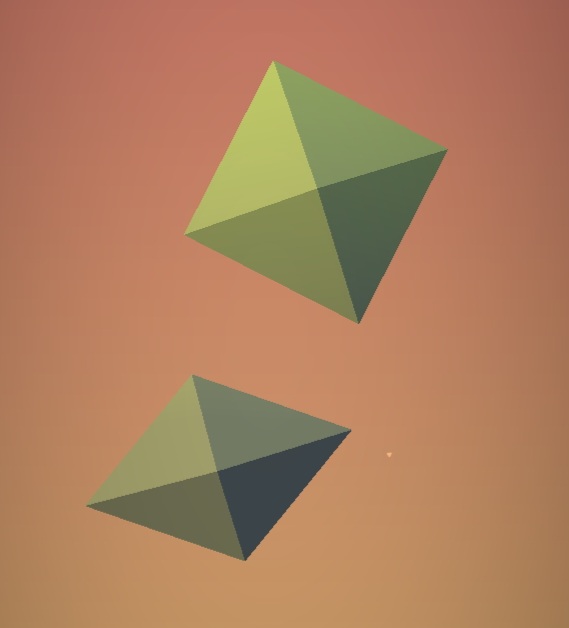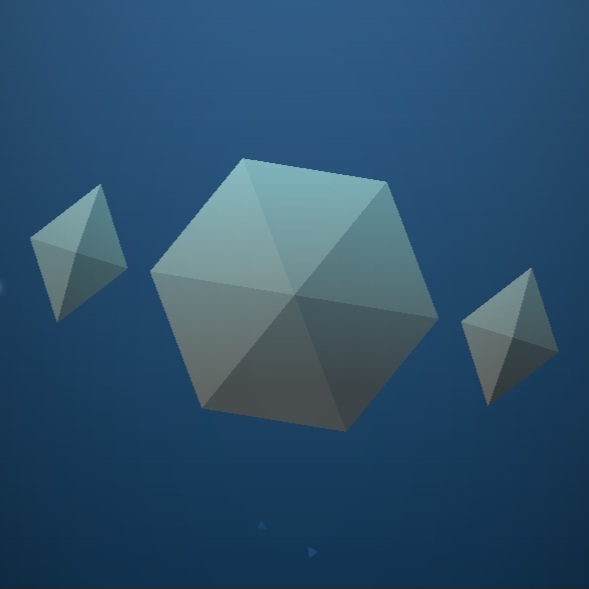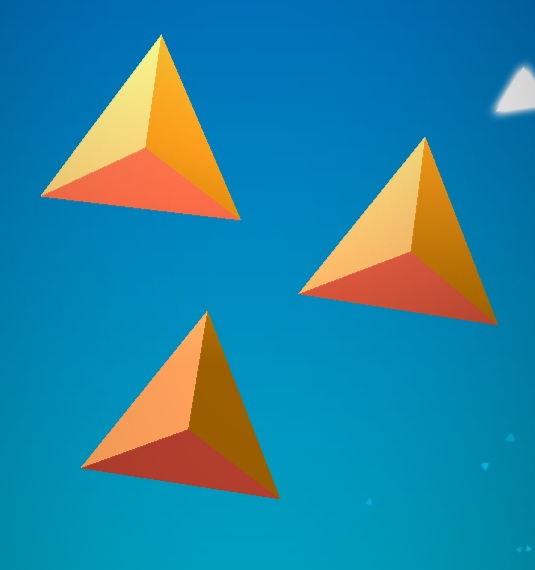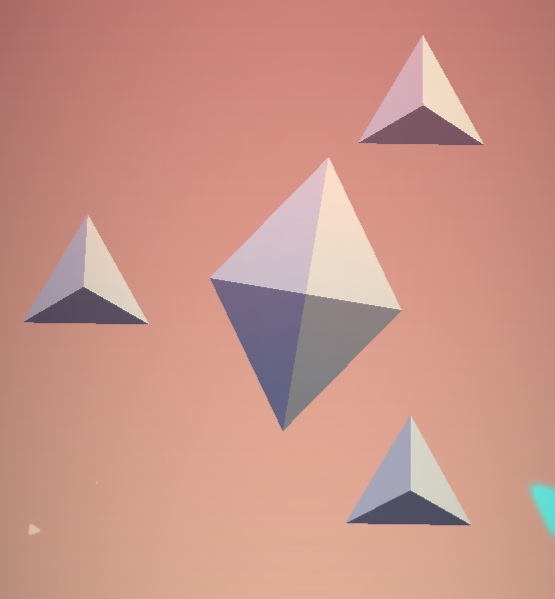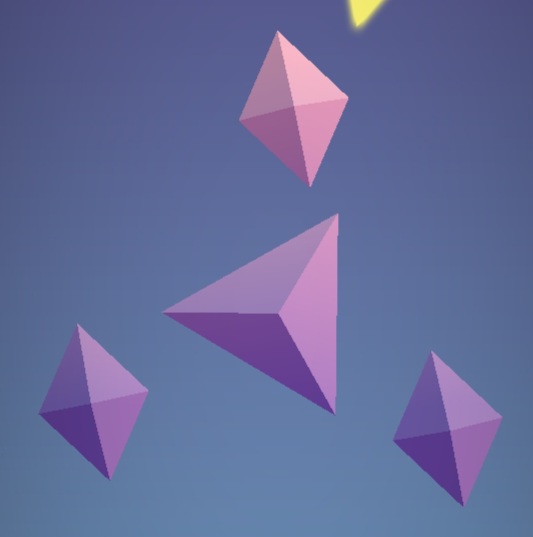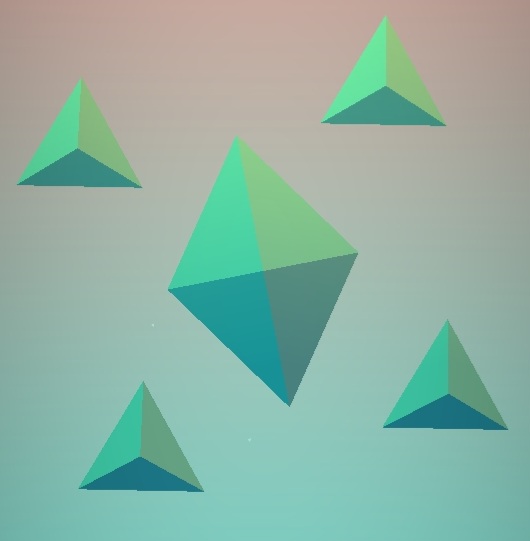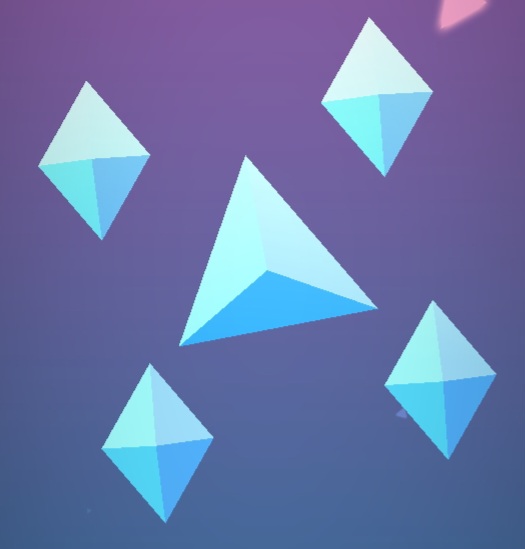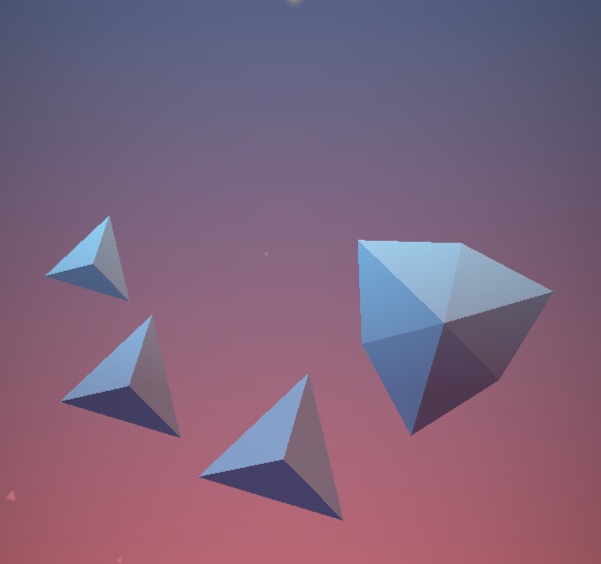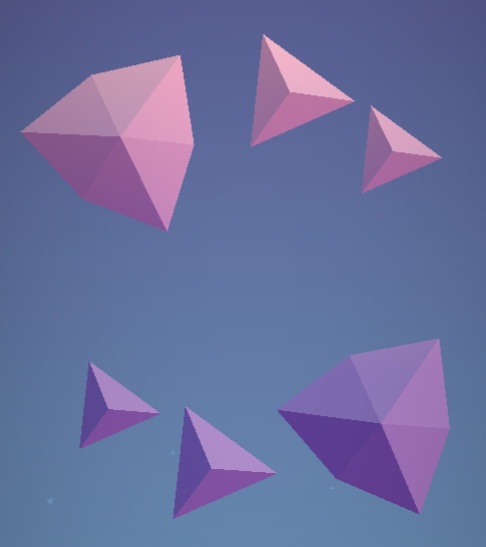Polyforge Levels Table
A table of the first 700 levels in the mobile game Polyforge
Polyforge is a mobile game where you, playing as an orbiting triangle, try to hit every side
of a shape at the center of the screen. In each level, your goal is to hit every side exactly once; you win a level once you hit all of its sides,
but if you hit even a single side you've already hit, you have to restart the level. It starts out simple: Level 1 is a triangle, Level 2 is a square,
Level 3 is a pentagon, and so on, but over time the levels get more and more interesting:
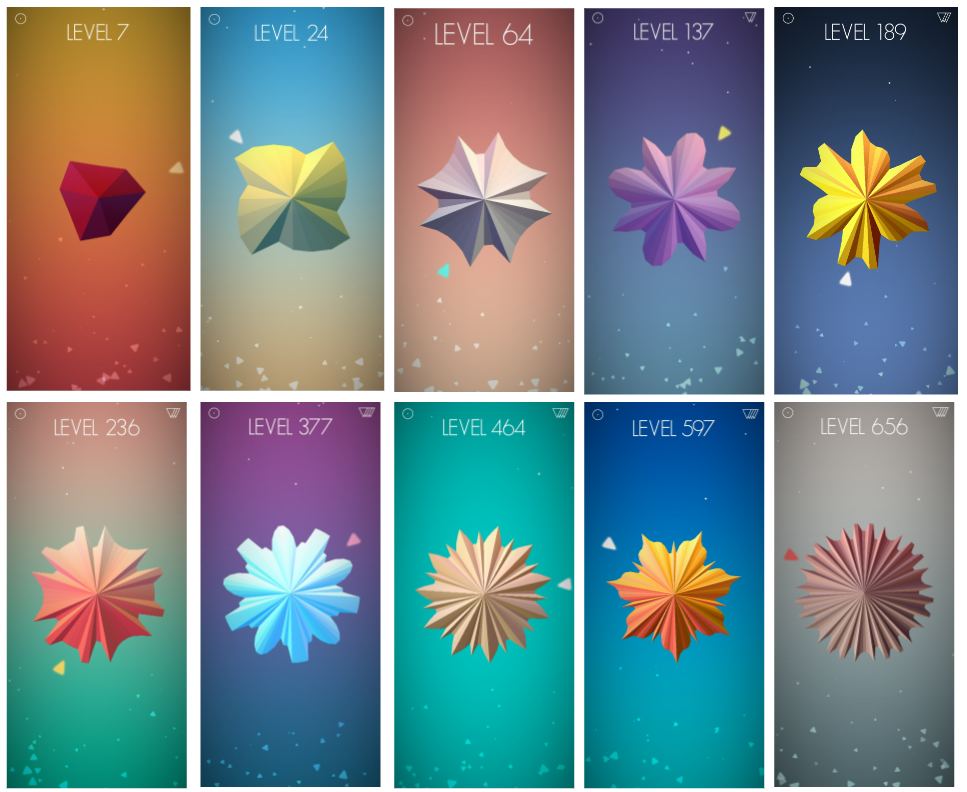
Polyforge's levels are generated via an algorithm, meaning there's an infinite number of them... but unlike other games with infinitely many levels,
Polyforge's levels actually have a difficulty curve to them, since they go by order of sides: for example, all the levels with 54 sides are grouped together,
then all the levels with 55 sides, then all the levels with 56 sides, and so on (well, except for every tenth level, but I'll get to that later;
for more information on that, go here).
The fact that Polyforge's levels keep getting harder and more intricate/interesting as you go, without end, is the main reason I love this game so much,
enough to have played up to Level 700 and written down every level's shape as I went.
So how does the level generation algorithm work? Well, I'm not the one who made the game, so I don't know for sure, but I have a theory.
It seems to me that the levels are split into a bunch of different level types, different shape templates, and each shape template gets a shape with
threefold symmetry, a shape with fourfold symmetry, a shape with fivefold symmetry, and so on, and from there the levels are sorted by number of sides.
I was originally going to post a list of the levels, but when I realized this structure, I decided that a table would fit better. Therefore, this
table's two dimensions are shape template and symmetry number. The rows correspond to different shapes, the columns correspond to different
symmetry numbers. The shape templates also tell you how many sides per symmetry they have, so a shape template with [15s] listed below its picture
has 45 sides in the threefold version, 60 sides in the fourfold version, and 15s sides in the s-fold version. There's a picture for each template,
as well as some words describing the template:
I've included a list of the terminology I used for those descriptions here.
Without further ado, here is a table of all of the regular levels in Polyforge up until Level 700:
|
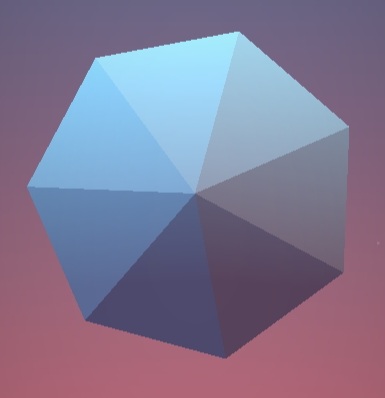
[1s] (Pictured: 7-fold)
A regular polygon. |

[2s] (Pictured: 5-fold)
A regular star. |
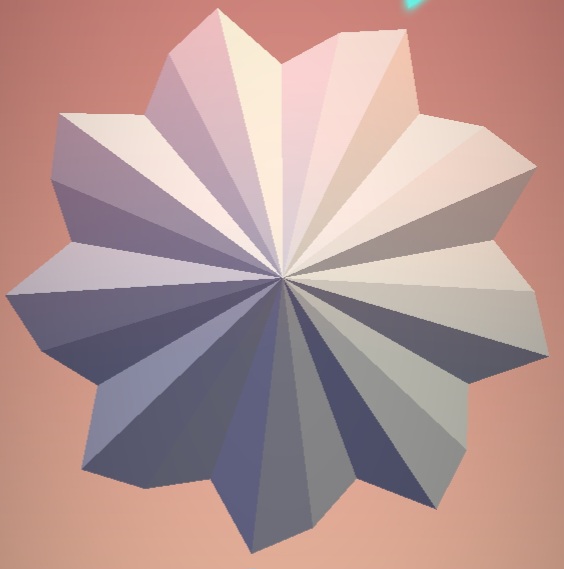
[3s] (Pictured: 9-fold)
A sort of pinwheel consisting of 2-1 inclines. |
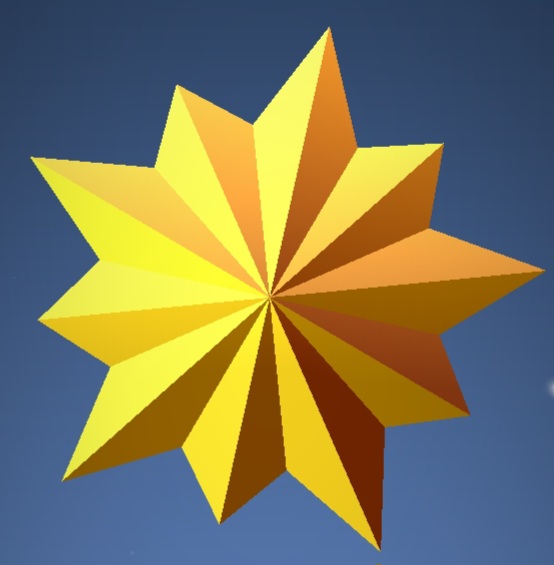
[4s] (Pictured: 5-fold)
Stars where every other point is elongated. |
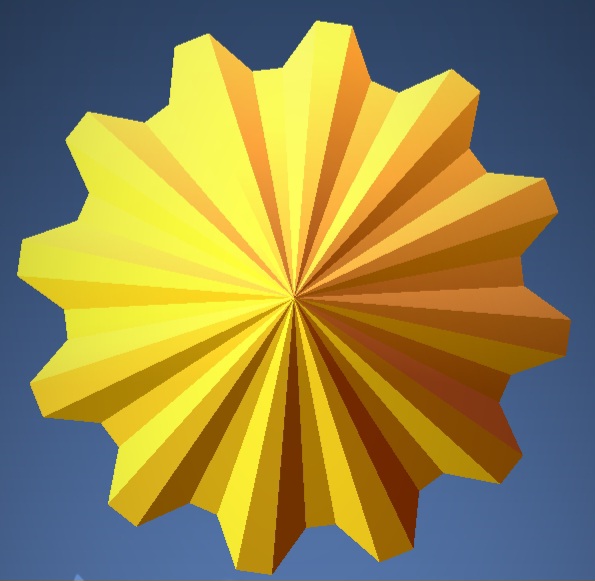
[4s] (Pictured: 12-fold)
A flat-base shape where the parts are trapezoid tops. |
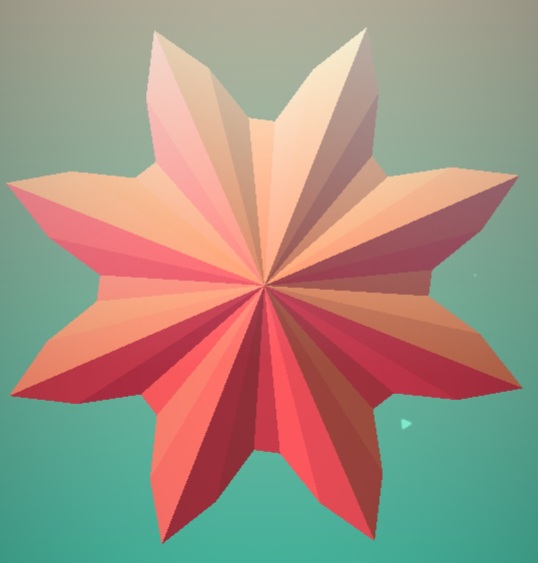
[5s] (Pictured: 8-fold)
A flat-base shape where the parts are 2,2 inclines. |
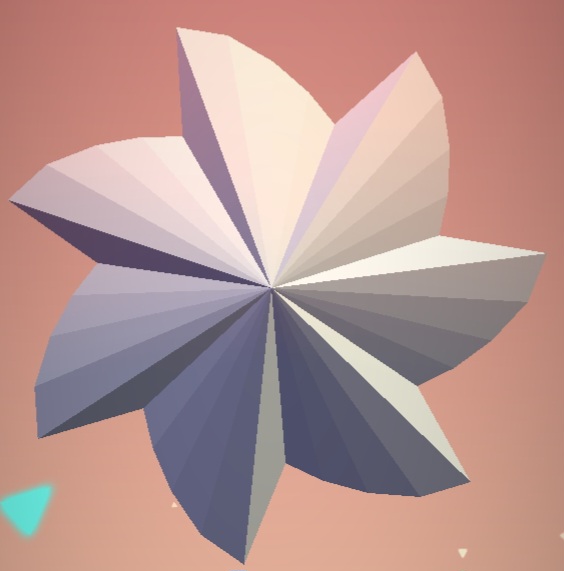 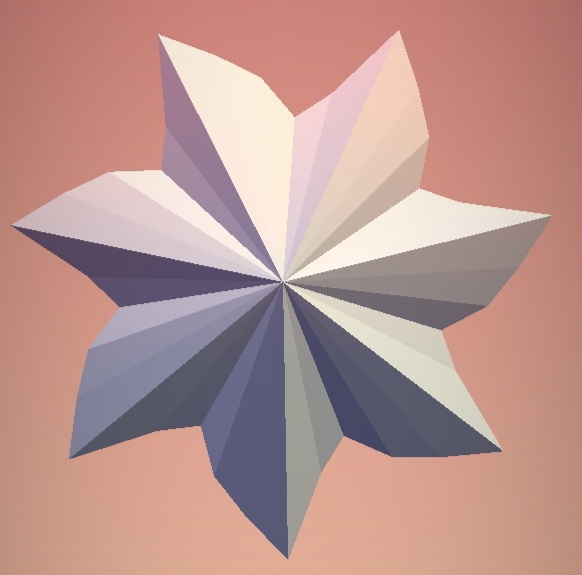
[5s] (Pictured: 7-fold)
A pinwheel shape consisting of 4-1 or 2-3 inclines. |
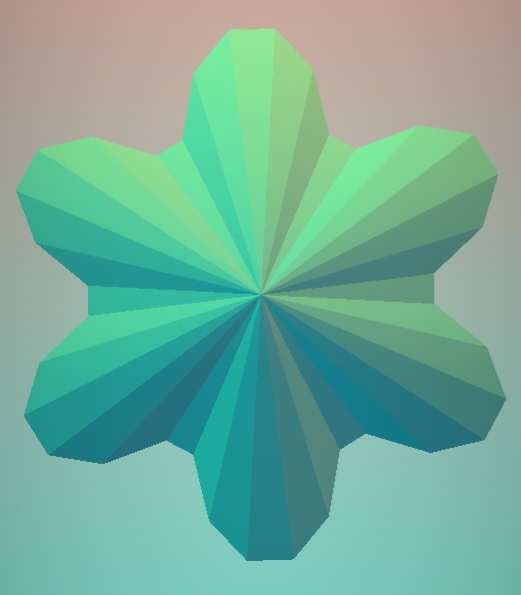
[6s] (Pictured: 6-fold)
A flat-base shape where the parts are 5-sided semicircles. |
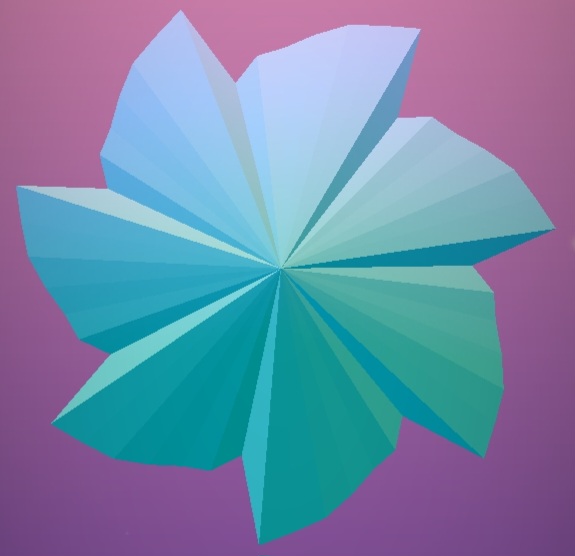 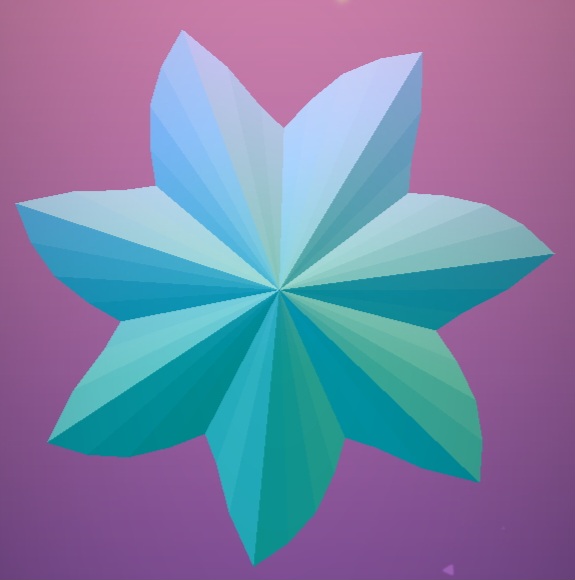
[7s] (Pictured: 7-fold)
A pinwheel shape consisting of 6-1, 5-2, or 4-3 inclines. |
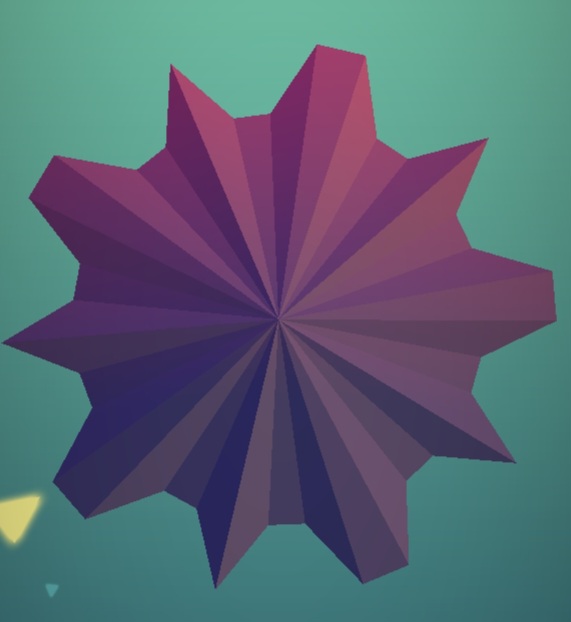
[7s] (Pictured: 5-fold)
A flat-base shape where the parts are trapezoid tops and 2-sided points |
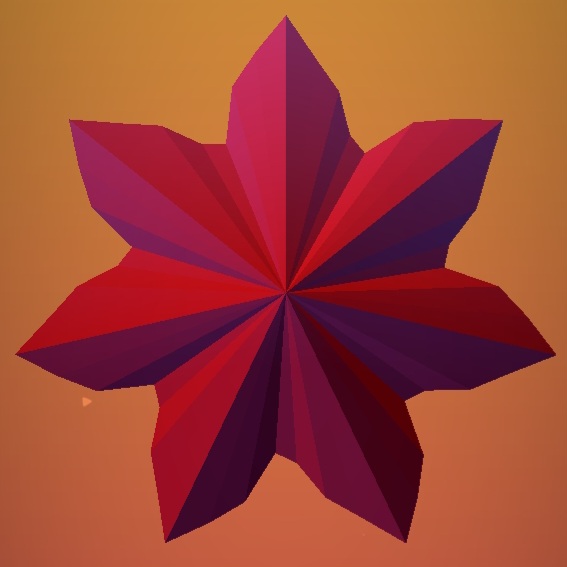
[7s] (Pictured: 7-fold)
A flat-base shape where the parts are 3,3 inclines. |
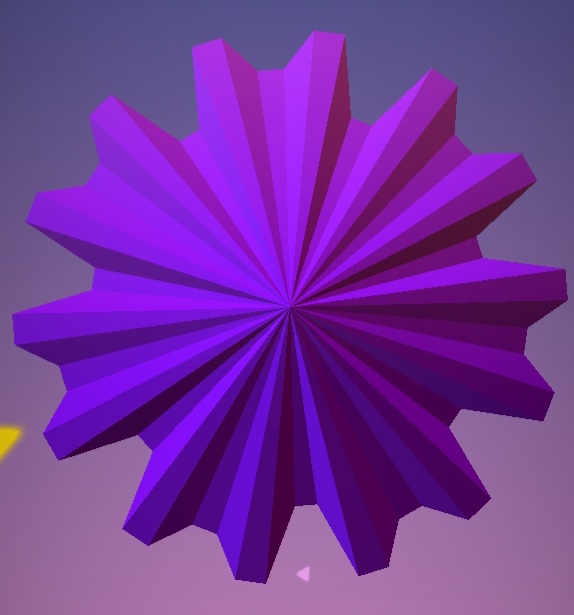
[8s] (Pictured: 7-fold)
A flat-base shape where the parts are valleys. |
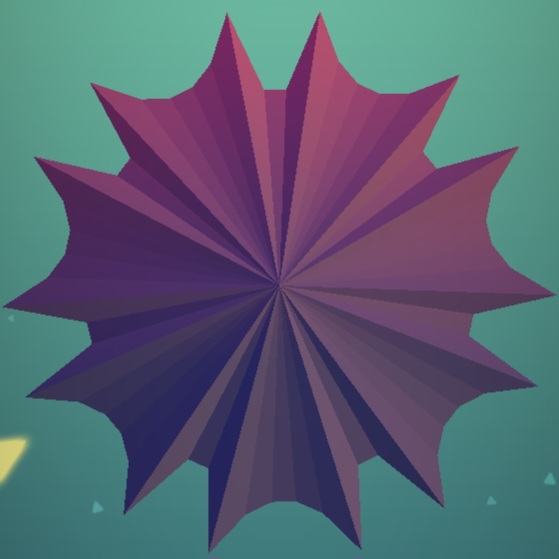
[8s] (Pictured: 7-fold)
A flat-base shape where the parts are bowls. |
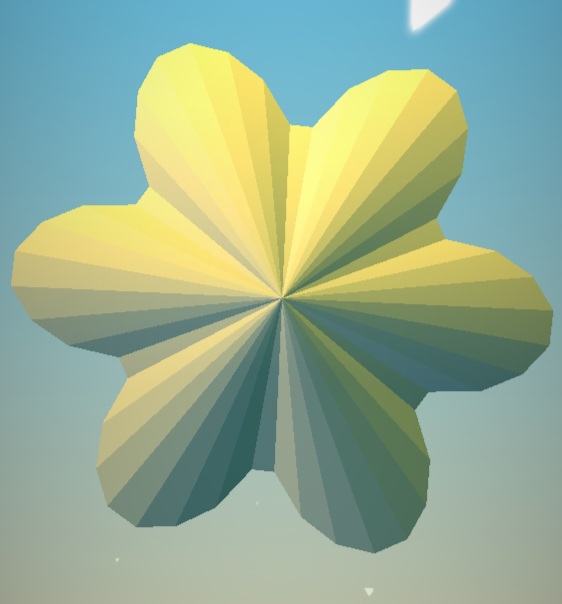
[8s] (Pictured: 6-fold)
A flat-base shape where the parts are 7-sided semicircles. |
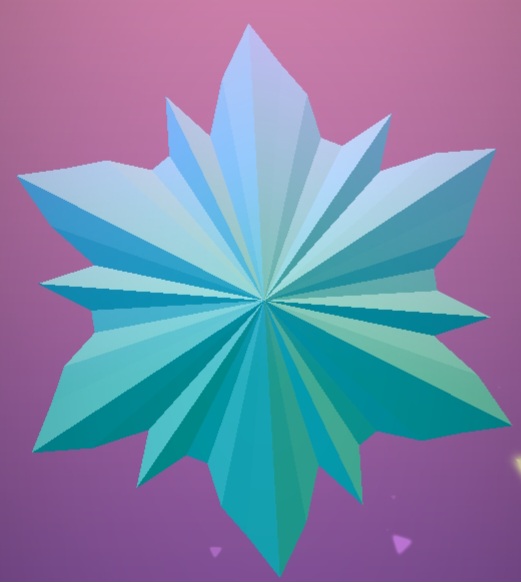
[8s] (Pictured: 6-fold)
A shape consisting of 3-2 inclines with a 2-sided point next to each incline. |
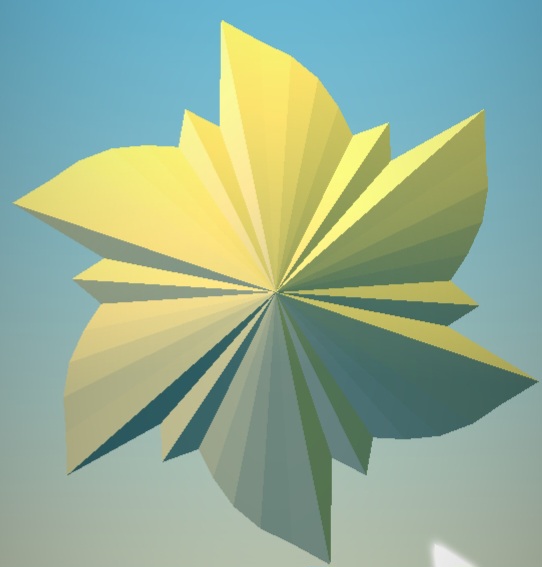
[8s] (Pictured: 6-fold)
A shape consisting of 4-1 inclines with a 2-sided point next to each incline. |
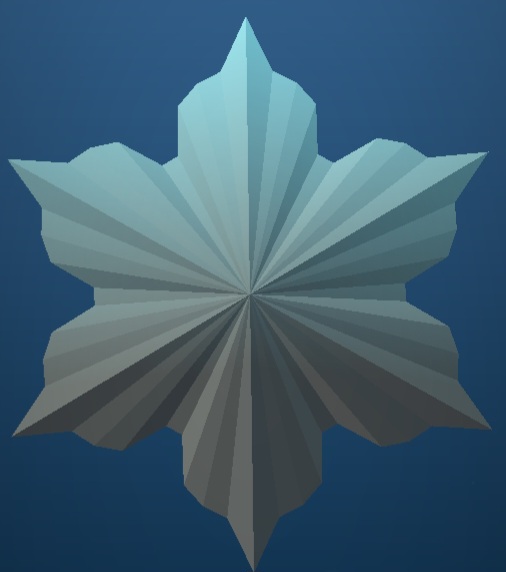
[9s] (Pictured: 6-fold)
A flat-base shape where the parts are 6,2-semicircles. |
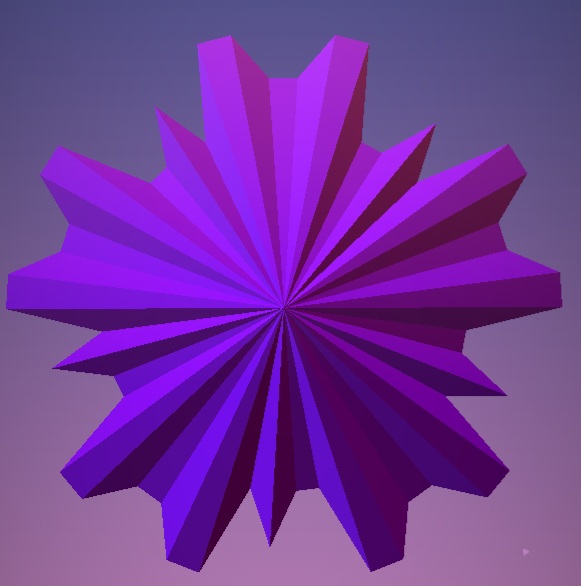
[10s] (Pictured: 5-fold)
A flat-base shape with a 2-sided point next to each flat side, where the parts are valleys. |
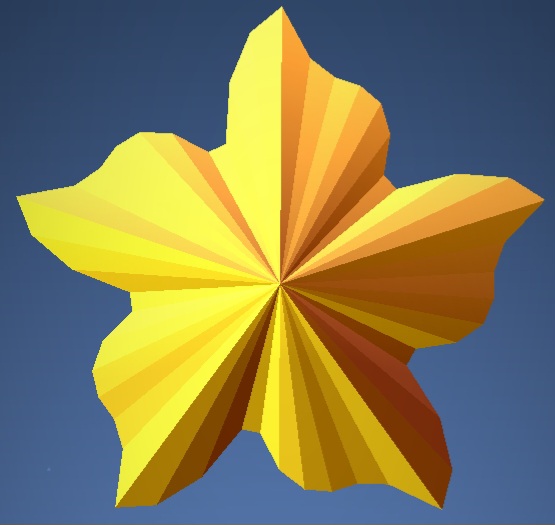
[10s] (Pictured: 5-fold)
A flat-base shape where the parts are humped 3,6 inclines. |
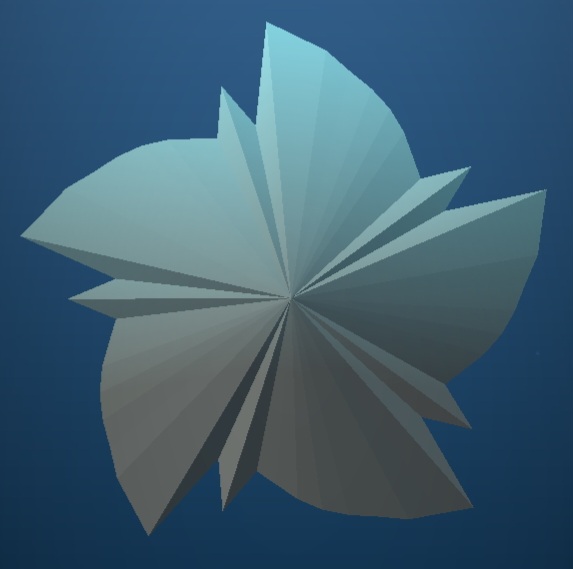 
[11s] (Pictured: 5-fold)
A pinwheel shape consisting of 8-1 or 7-2 inclines with a 2-sided point next to each incline. |
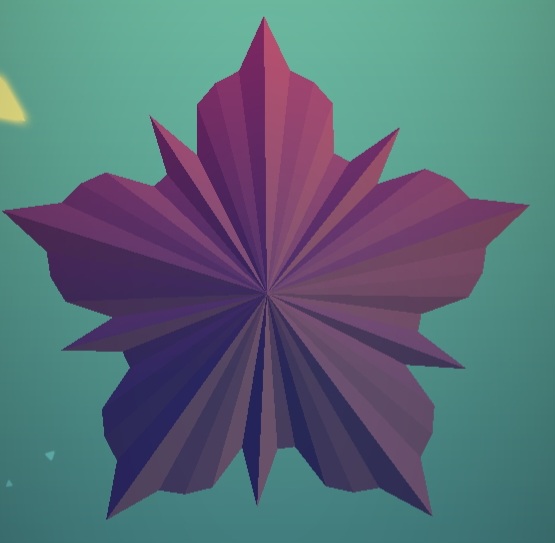
[11s] (Pictured: 5-fold)
A flat-base shape with a 2-sided point next to each flat side, where the parts are 6,2-semicircles. |
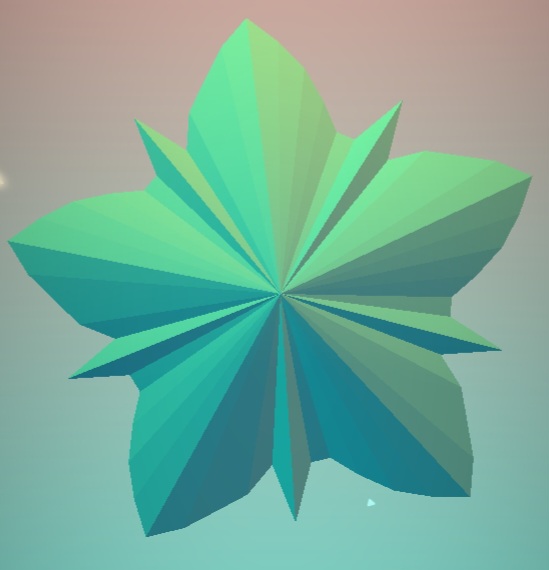
[11s] (Pictured: 5-fold)
A flat-base shape with a 2-sided point next to each flat side, where the parts are 4,4 inclines. |
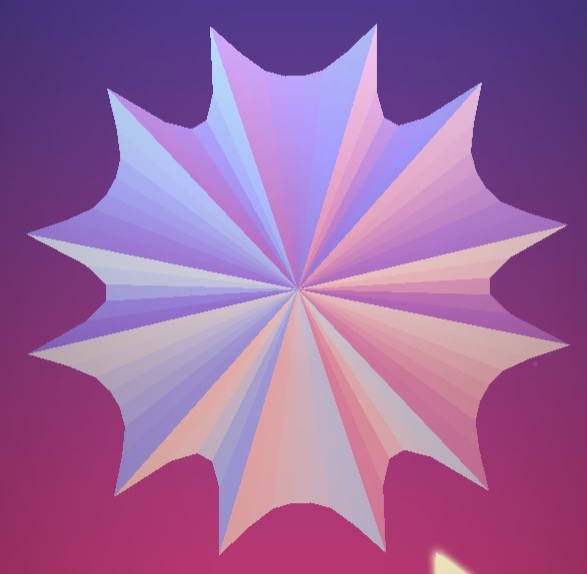
[12s] (Pictured: 6-fold)
A flat-base shape where the parts are 2-7-2 bowls. |
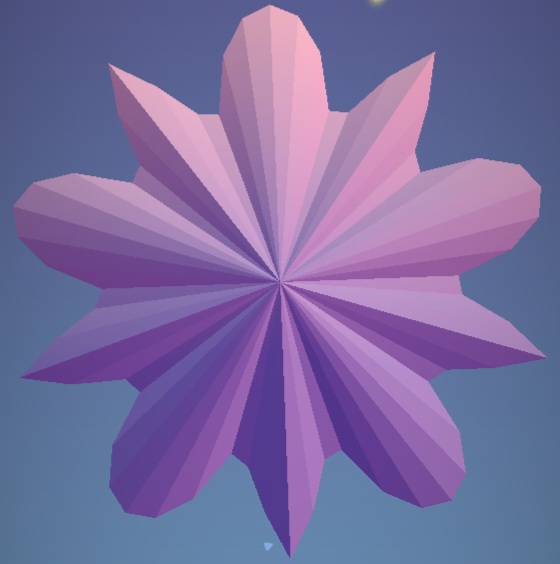
[12s] (Pictured: 5-fold)
A shape consisting of 3,3 inclines and 6-sided semicircles. |
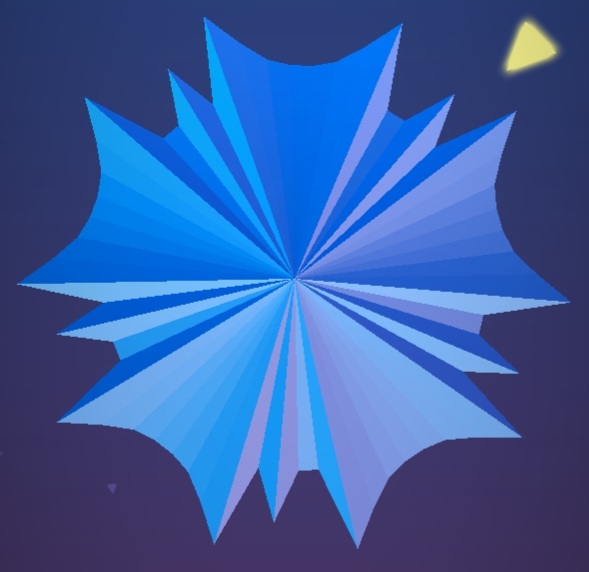
[12s] (Pictured: 5-fold)
A flat-base shape with a 2-sided point next to each flat side, where the parts are 7-top bowls. |
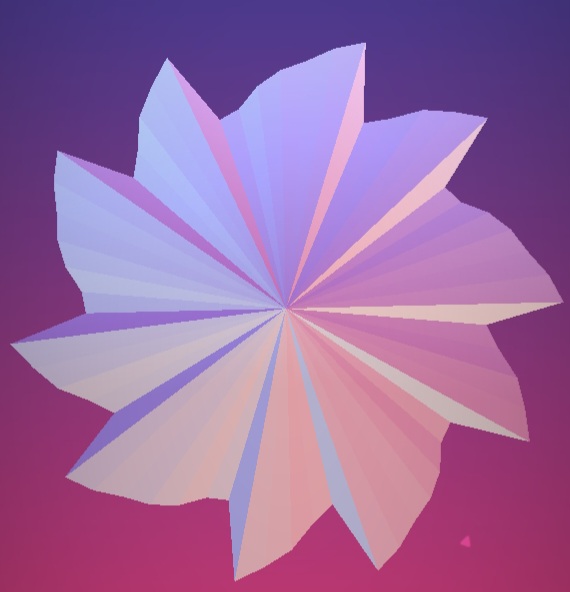 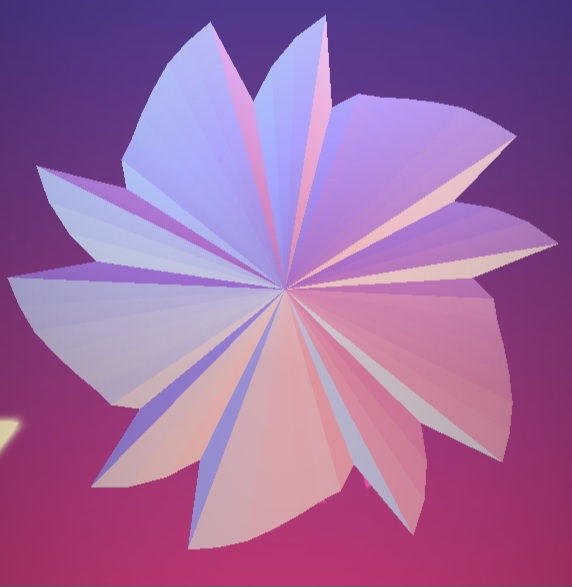 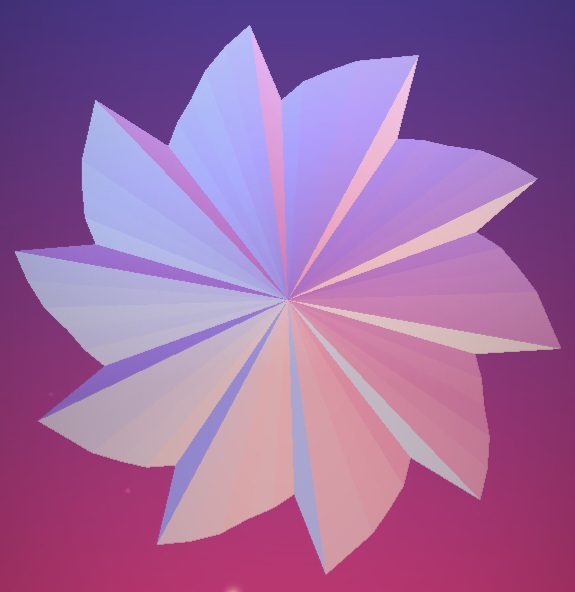
[12s] (Pictured: 5-fold)
A shape consisting of various duos of inclines that each add up to 12 sides; these levels have a lot of different variations. |
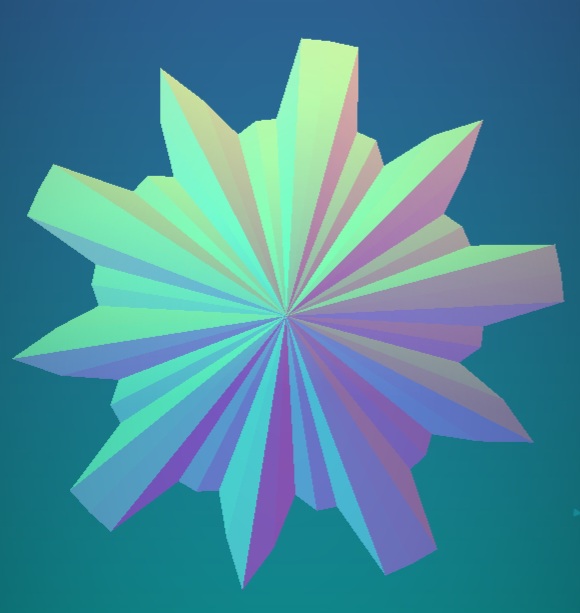
[12s] (Pictured: 5-fold)
A shape consisting of 2,2 inclines and 2-top trapezoids with another 2-top trapezoid sticking through them. |
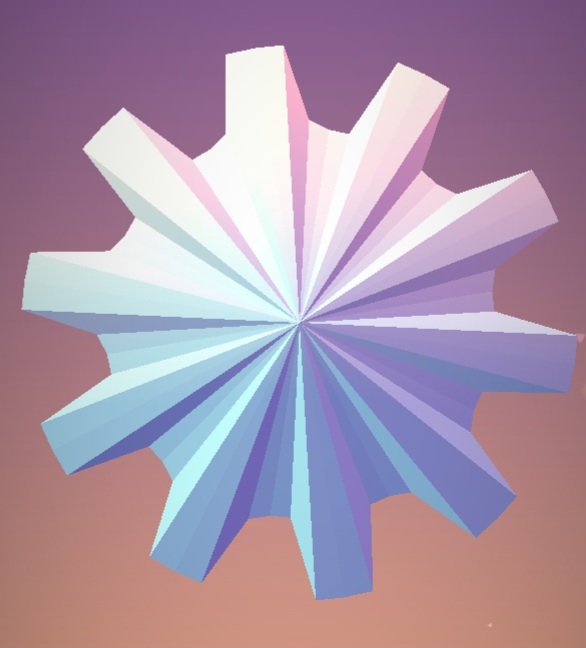 
[12s] (Pictured: 5-fold)
Sometimes, these levels are flat-base shapes where the parts are 2-top trapezoids and 4-top trapezoids, while sometimes all of the trapezoids are 2-top but there are two flat sides between each part instead of one. |
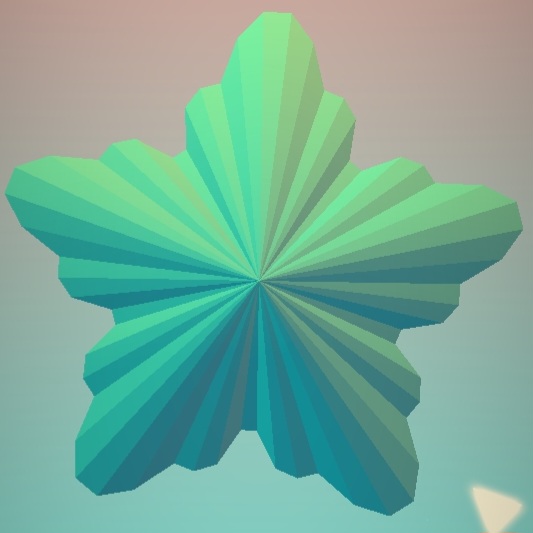
[12s] (Pictured: 5-fold)
A flat-base shape where the parts are 6,5-semicircles. |
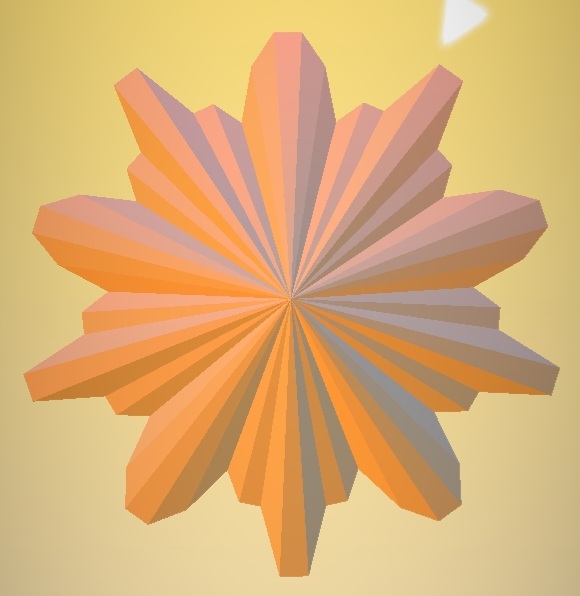 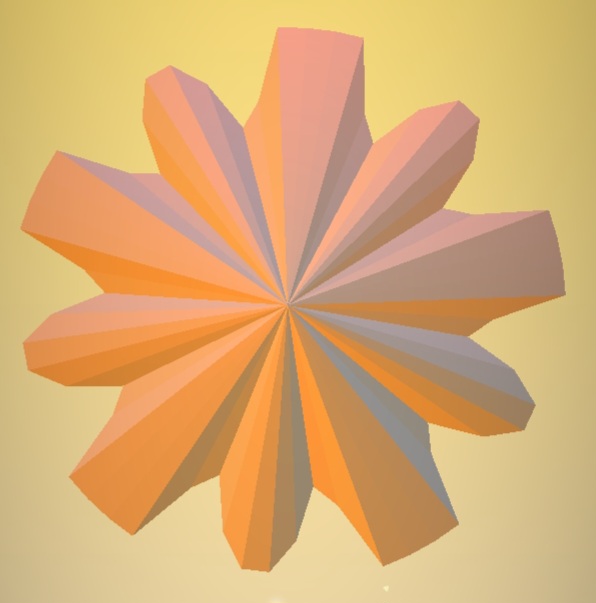
[12s] (Pictured: 5-fold)
A shape consisting of 5-sided semicircles and two-form tall trapezoids. |
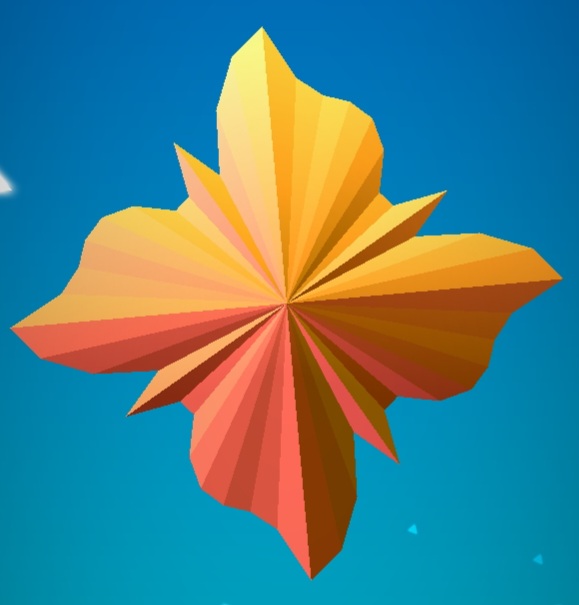
[12s] (Pictured: 4-fold)
A flat-base shape with a 2-sided point next to each flat side, where the parts are humped 3,6 inclines. |
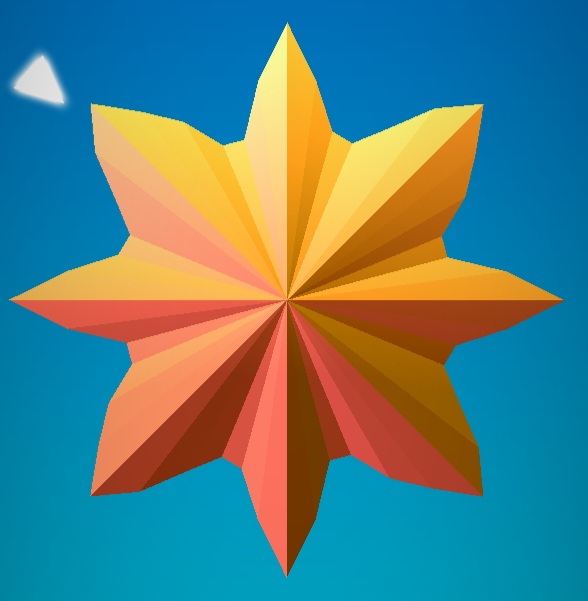
[12s] (Pictured: 4-fold)
A flat-base shape where the parts are 2,2 inclines and 3,3 inclines. |
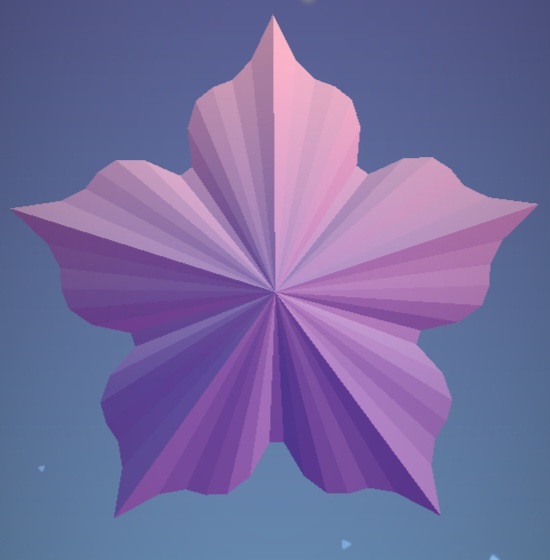
[13s] (Pictured: 5-fold)
A flat-base shape where the parts are 10,2-semicircles. |
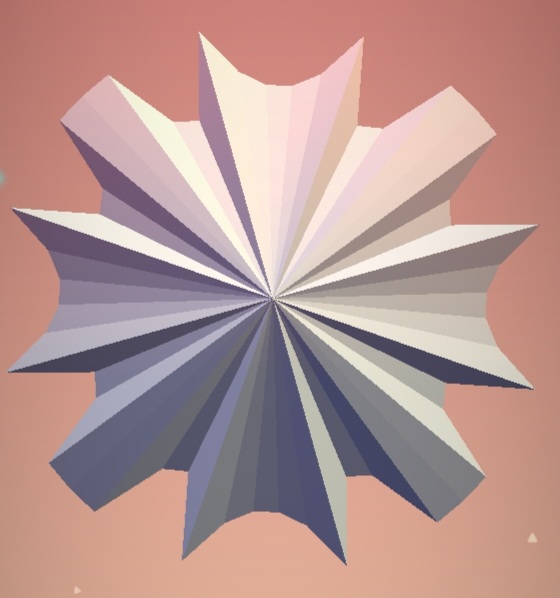
[13s] (Pictured: 4-fold)
A flat-base shape where the parts are bowls and 2-top trapezoids. |
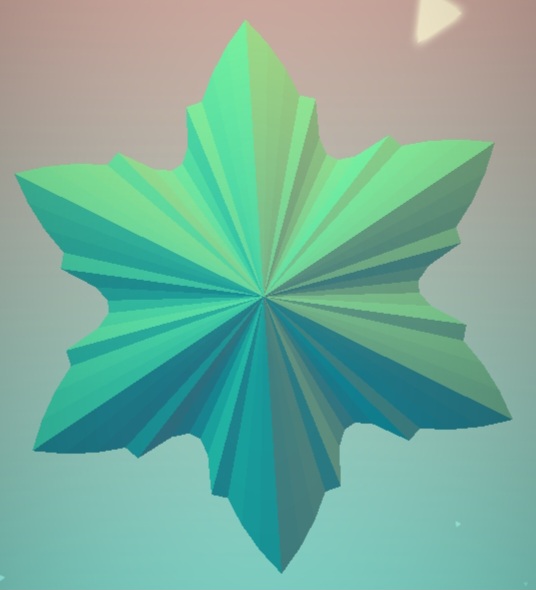
[13s] (Pictured: 6-fold)
A flat-base shape where the parts are 3-3 launchers. |
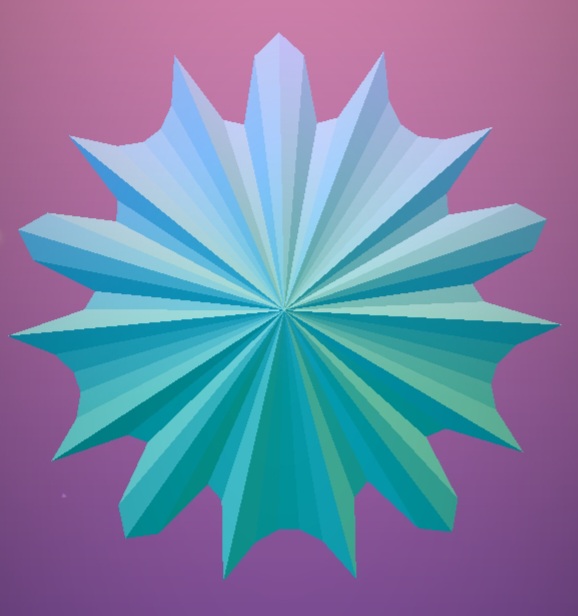
[13s] (Pictured: 5-fold)
A flat-base shape where the parts are bowls and 2,2 inclines. |
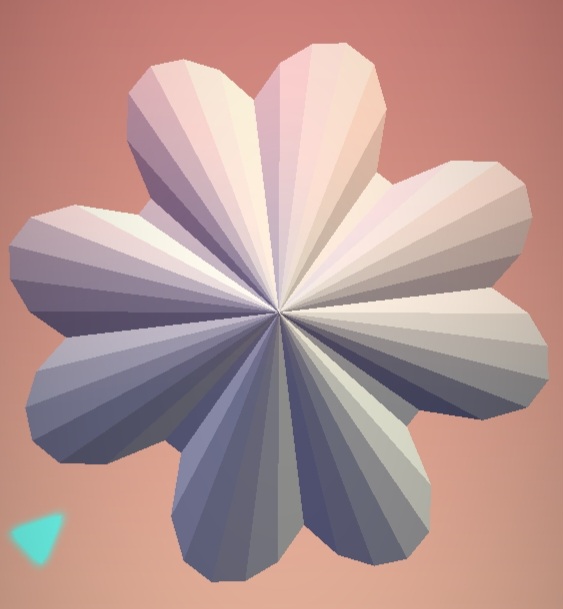
[13s] (Pictured: 4-fold)
A flat-base shape where the parts are heart tops. |
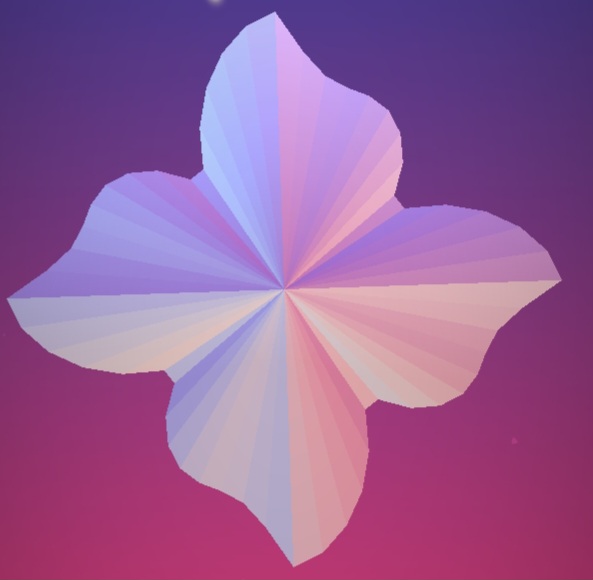
[14s] (Pictured: 4-fold)
A flat-base shape where the parts are humped 5,8 inclines. |
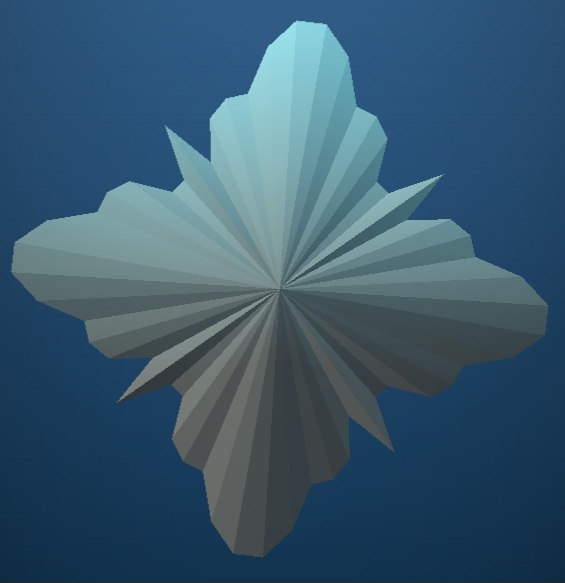
[14s] (Pictured: 4-fold)
A flat-base shape with a 2-sided point next to each flat side, where the parts are 6,5-semicircles. |
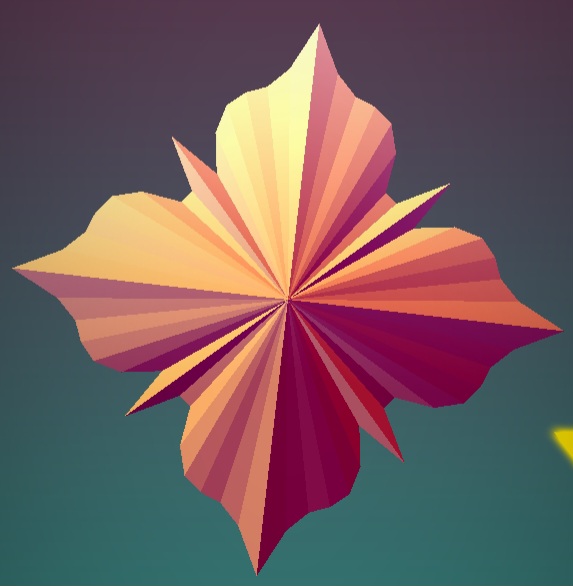
[15s] (Pictured: 4-fold)
A flat-base shape with a 2-sided point next to each flat side, where the parts are 10,2-semicircles. |
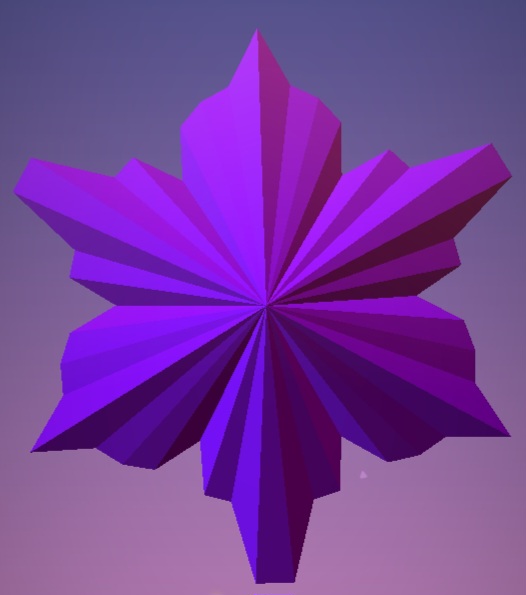 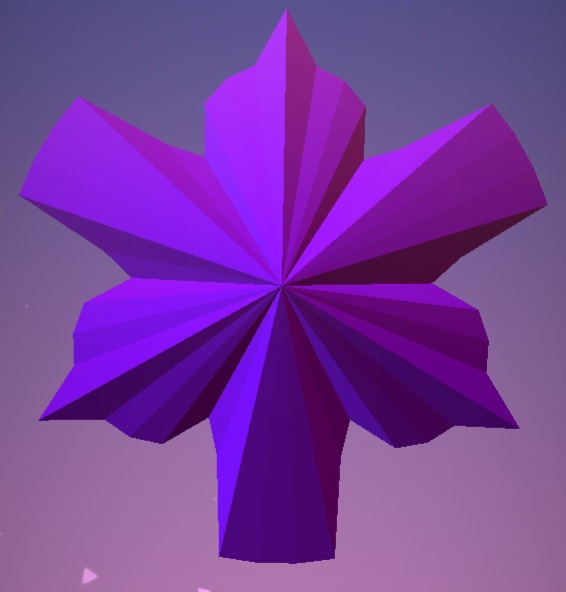
[15s] (Pictured: 3-fold)
A shape consisting of two-form tall trapezoids and 6,2-semicircles. |
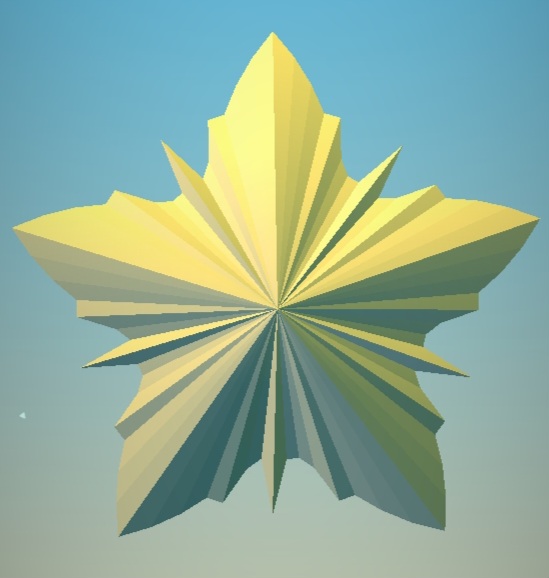
[15s] (Pictured: 5-fold)
A flat-base shape with a 2-sided point next to each flat side, where the parts are 3-3 launchers. |
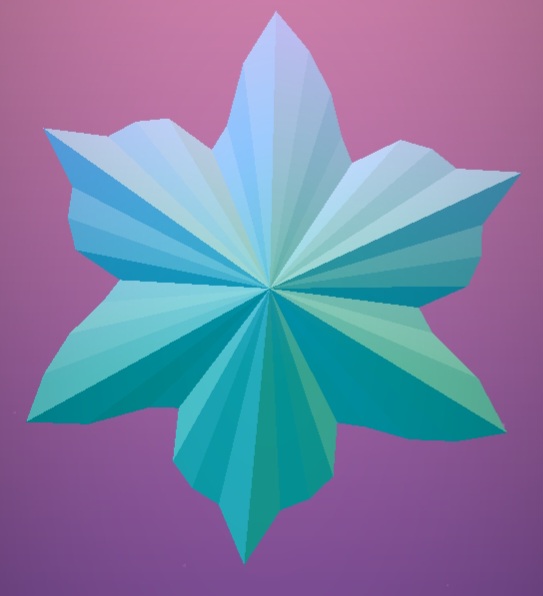
[15s] (Pictured: 3-fold)
A shape consisting of 4-3 inclines and 6,2-semicircles. |
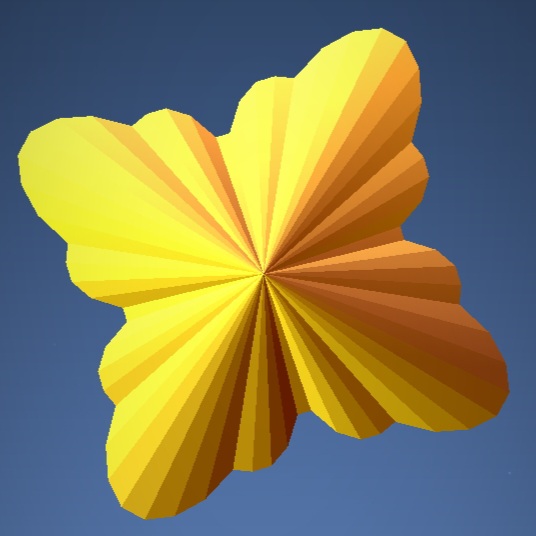
[16s] (Pictured: 4-fold)
A flat-base shape where the parts are 8,7-semicircles. |
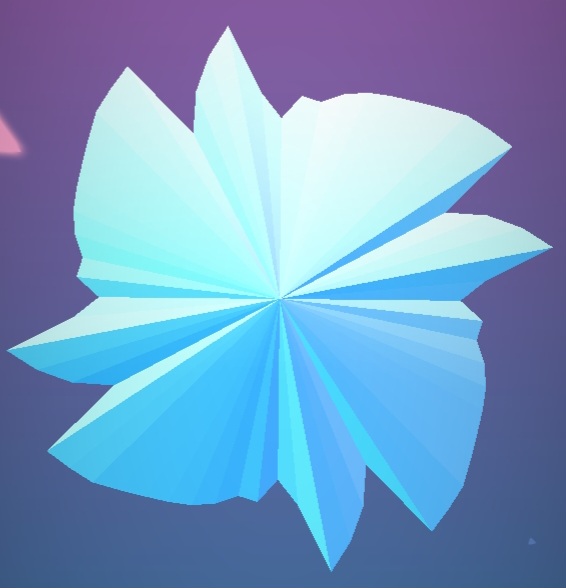 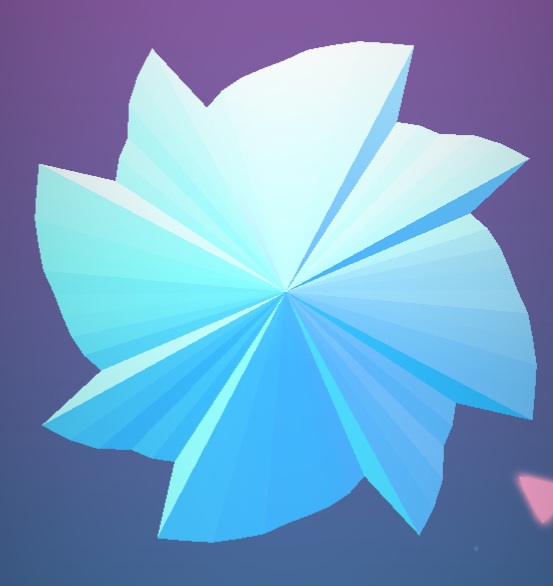 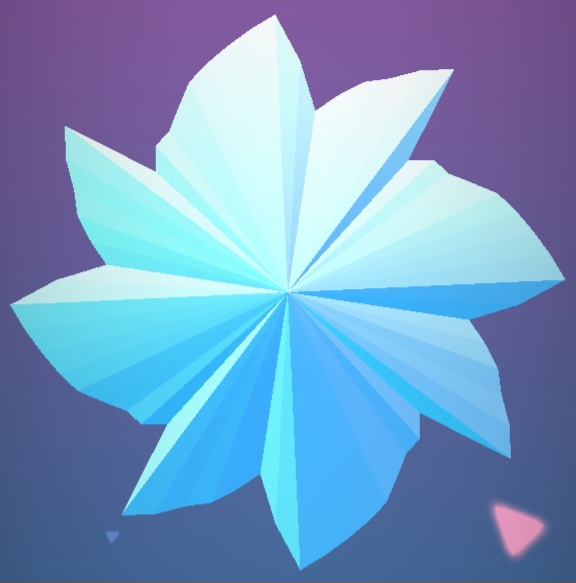
[16s] (Pictured: 4-fold)
A shape consisting of various duos of inclines that each add up to 16 sides; these levels have a lot of different variations. |
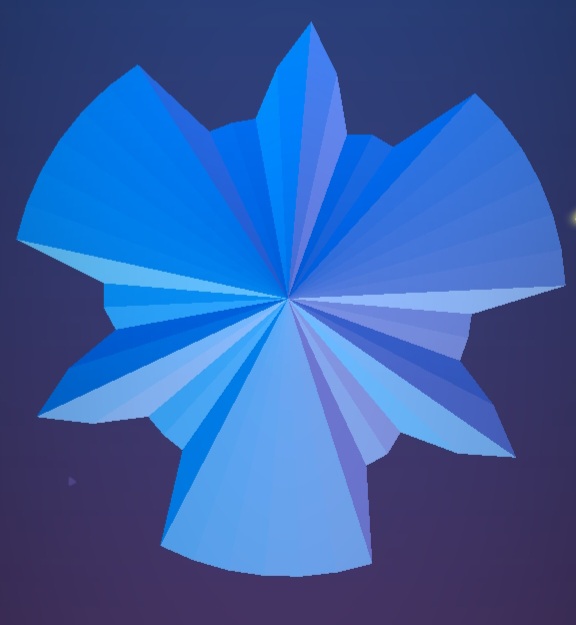
[16s] (Pictured: 3-fold)
A flat-base shape with two flat sides between each part, where the parts are 2,2 inclines and 6-top trapezoids. |
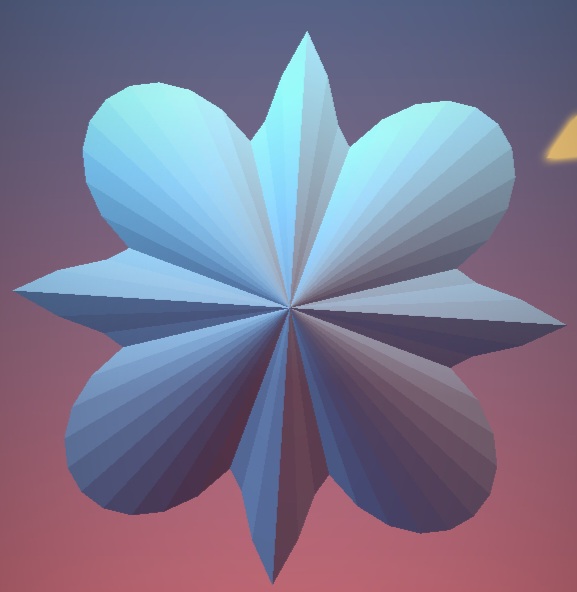
[16s] (Pictured: 4-fold)
A flat-base shape where the parts are 3,3 inclines and 10-sided semicircles. |
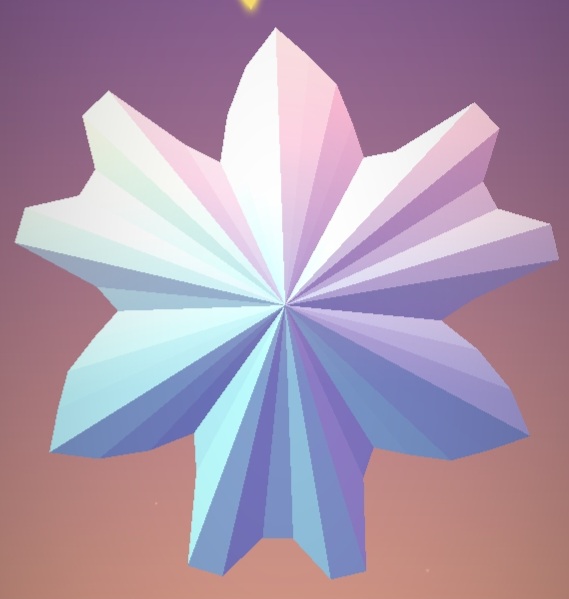
[16s] (Pictured: 3-fold)
A shape consisting of 4-3 inclines and valleys. |
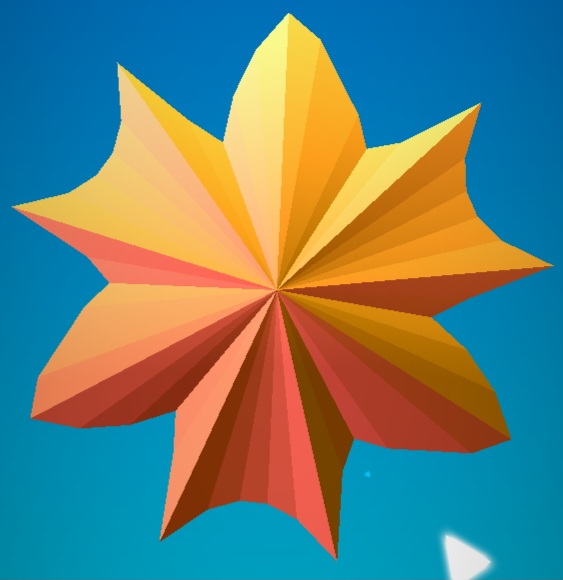
[16s] (Pictured: 3-fold)
A shape consisting of 4-3 inclines and bowls. |
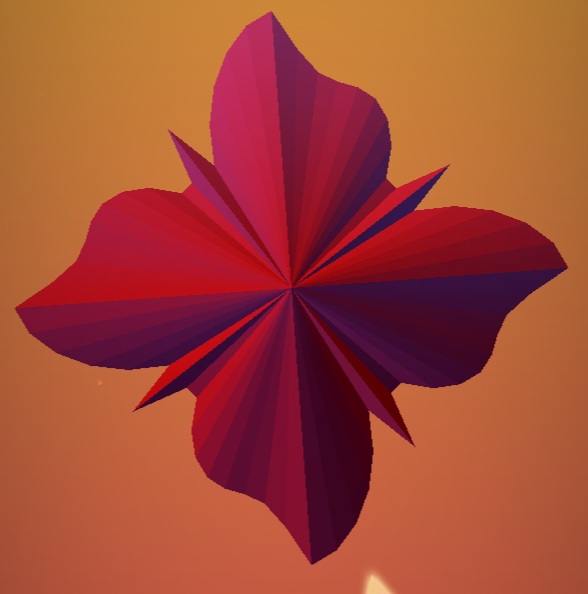
[16s] (Pictured: 4-fold)
A flat-base shape with a 2-sided point next to each flat side, where the parts are humped 5,8 inclines. |
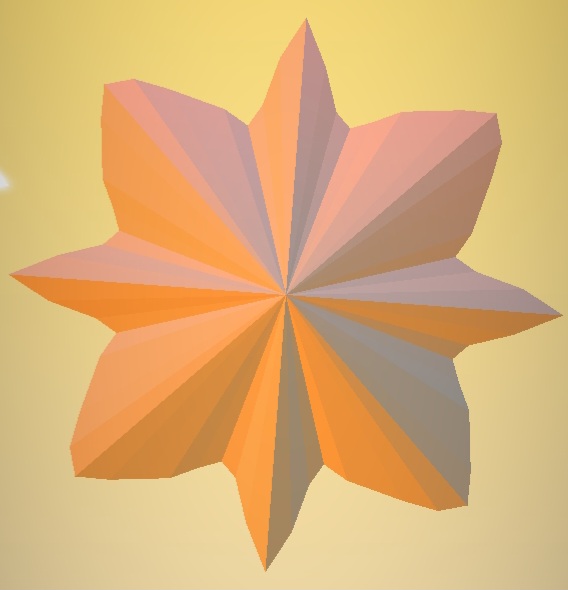
[16s] (Pictured: 4-fold)
A shape consisting of 3,3 inclines and 5,5 inclines. |

[16s] (Pictured: 4-fold)
A flat-base shape with two flat sides between each part, where the parts are 2-top trapezoids and 6-top trapezoids. |
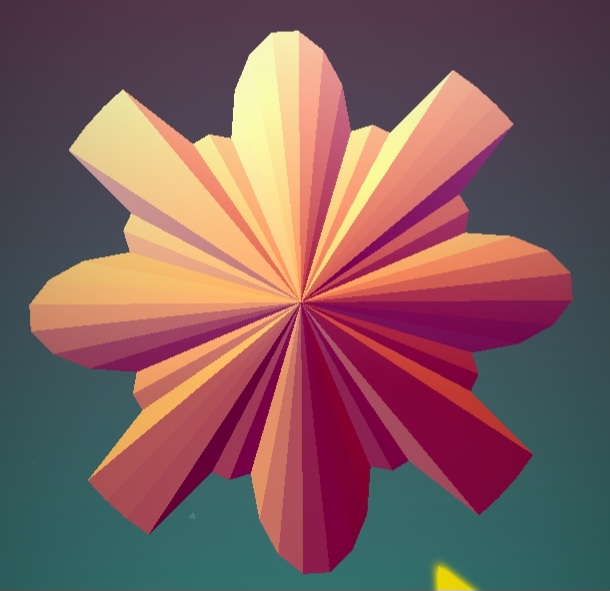
[16s] (Pictured: 4-fold)
A shape consisting of 7-sided semicircles and 2-top trapezoids with a 3-top trapezoid sticking through them. |
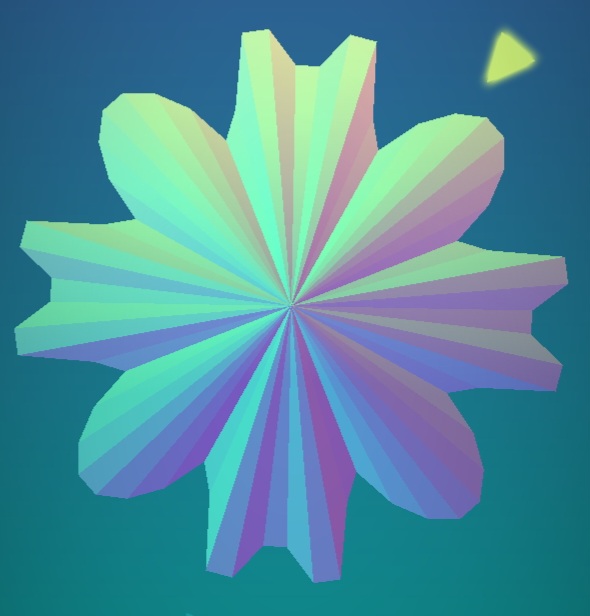
[16s] (Pictured: 4-fold)
A shape consisting of 7-sided semicircles and 2-edge valleys. |
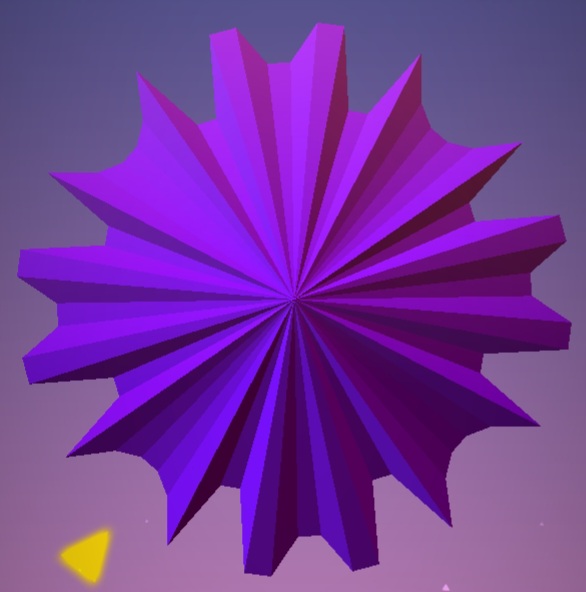
[16s] (Pictured: 4-fold)
A flat-base shape where the parts are bowls and valleys. |

[17s] (Pictured: 3-fold)
A shape consisting of 2-edge bowls and 6,2-semicircles |
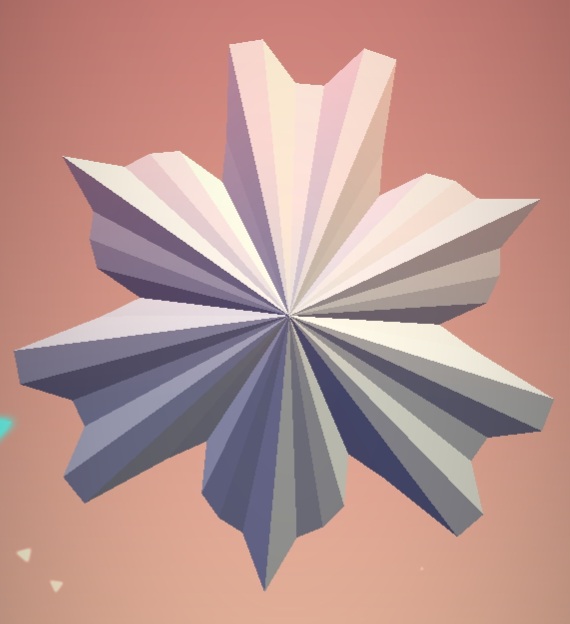
[17s] (Pictured: 3-fold)
A shape consisting of 2-edge valleys and 6,2-semicircles. |
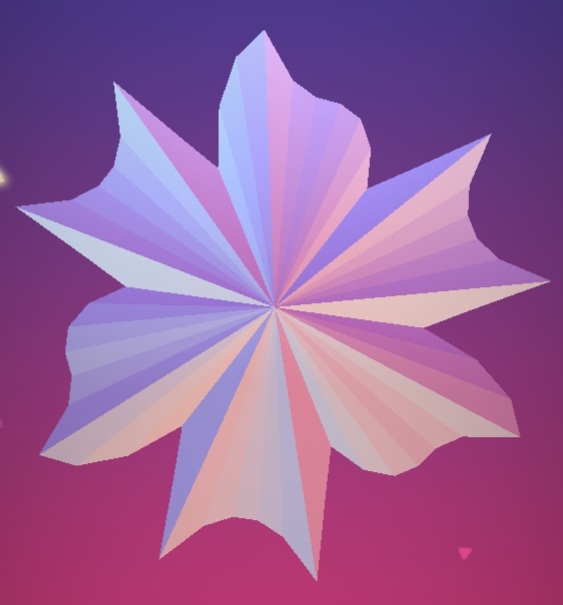
[18s] (Pictured: 3-fold)
A shape consisting of 2-edge bowls and humped 3,6 inclines. |
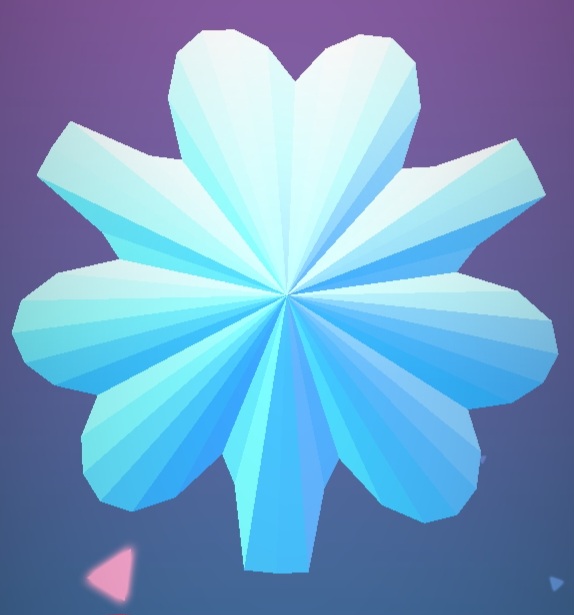
[18s] (Pictured: 3-fold)
A shape consisting of heart tops and 2-2-2 trapezoids. |
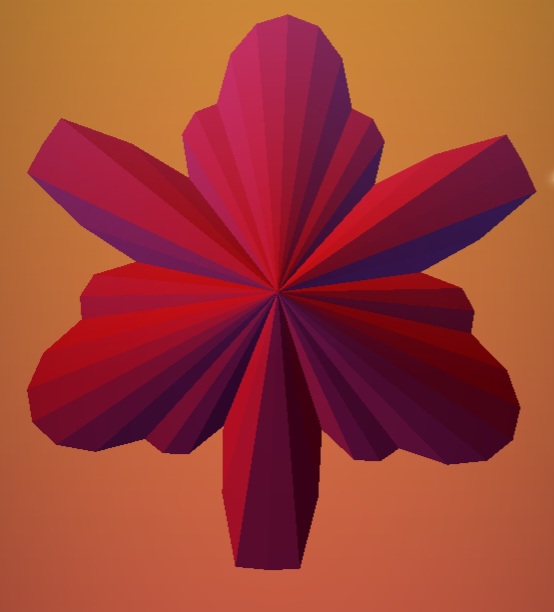
[18s] (Pictured: 3-fold)
A shape consisting of 2-2-2-trapezoids and 6,6-semicircles. |
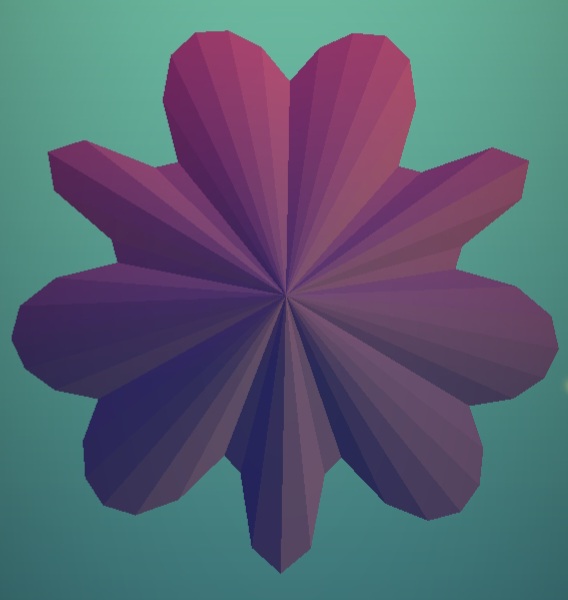
[18s] (Pictured: 3-fold)
A shape consisting of heart tops and 6-sided points. |
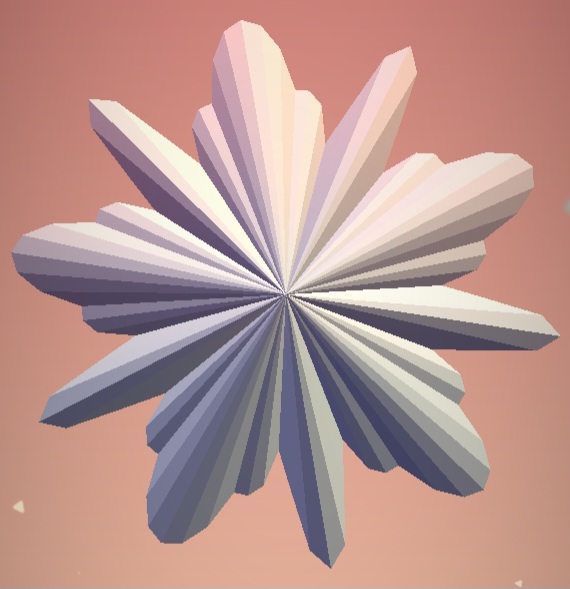
[18s] (Pictured: 5-fold)
A shape consisting 6,6-semicircles and 6-sided points. |
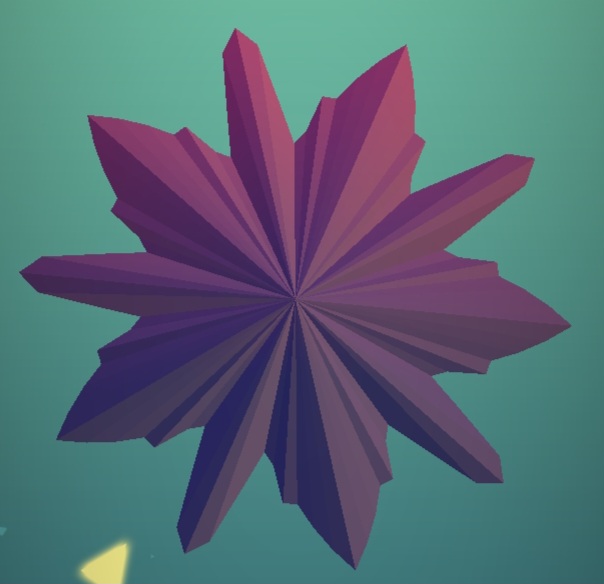
[18s] (Pictured: 5-fold)
A shape consisting of 3-3 launchers and 6-sided points. |
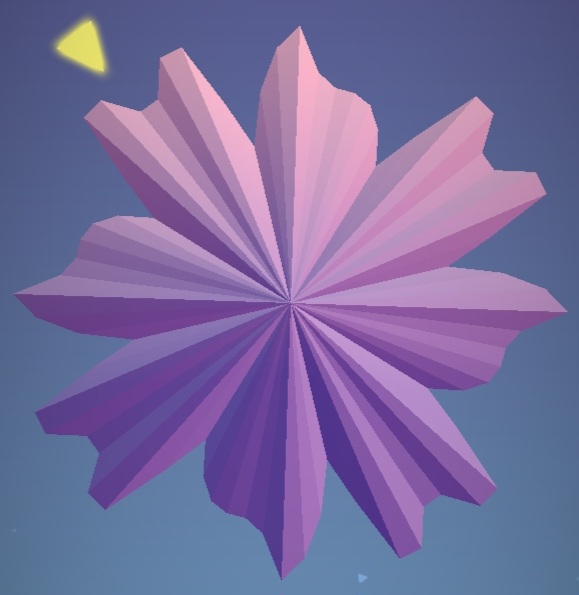
[18s] (Pictured: 4-fold)
A shape consisting of 2-edge valleys and humped 3-6 inclines. |
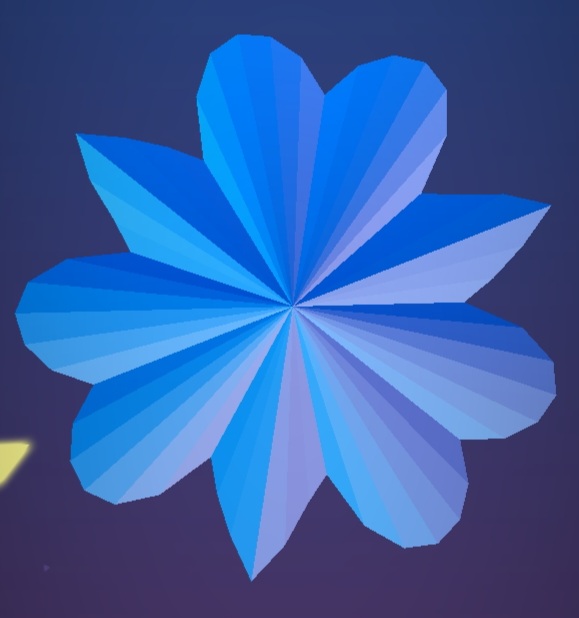
[18s] (Pictured: 3-fold)
A shape consisting of heart tops and 3,3 inclines. |
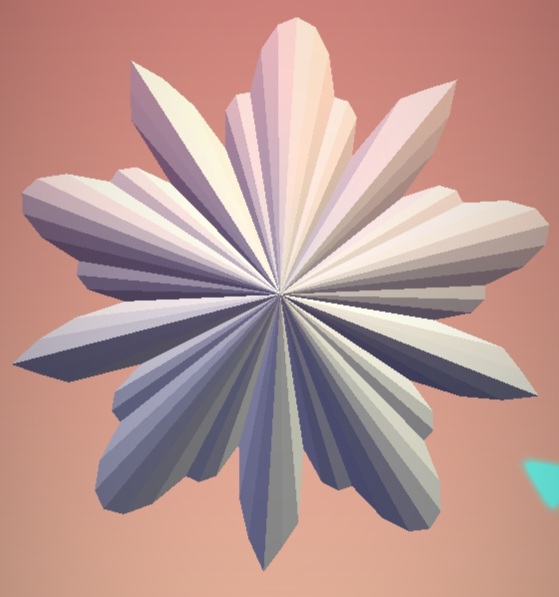
[18s] (Pictured: 5-fold)
A shape consisting of 6,6-semicircles and 3,3 inclines. |
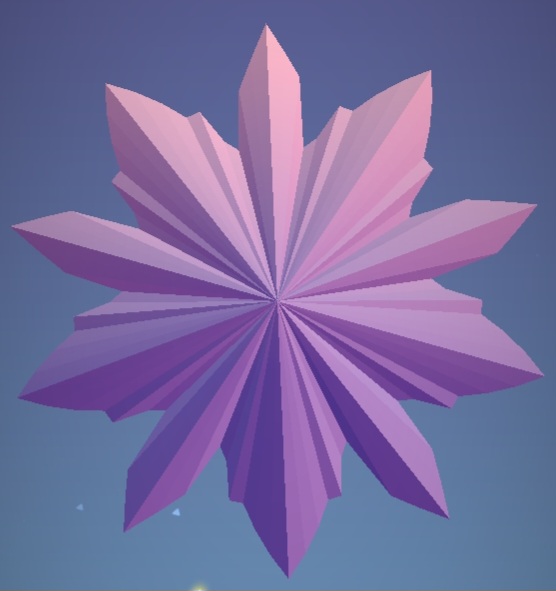
[18s] (Pictured: 5-fold)
A shape consisting of 3-3 launchers and 3,3 inclines. |
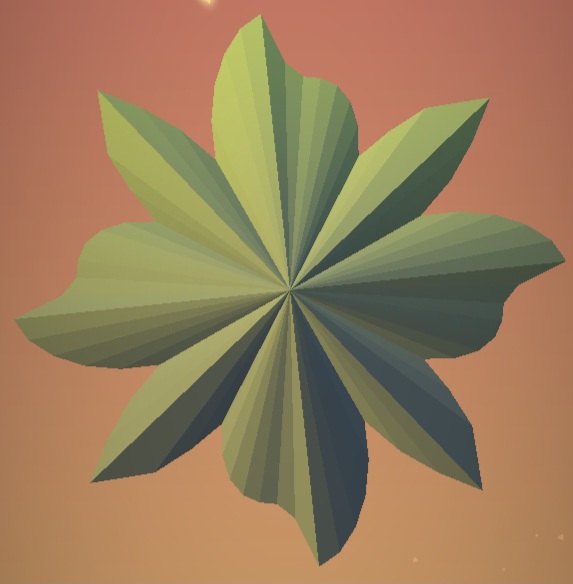
[19s] (Pictured: 4-fold)
A shape consisting of 4,3 inclines and humped 5,7 inclines. |
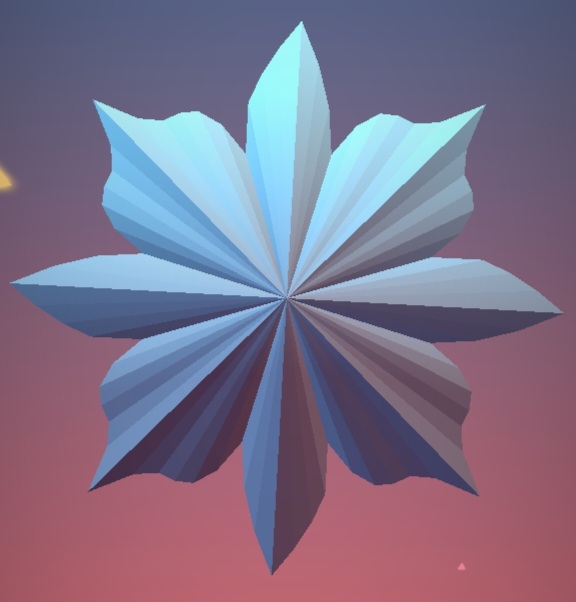
[19s] (Pictured: 4-fold)
A shape consisting of 4,3 inclines and 10,2-semicircles. |
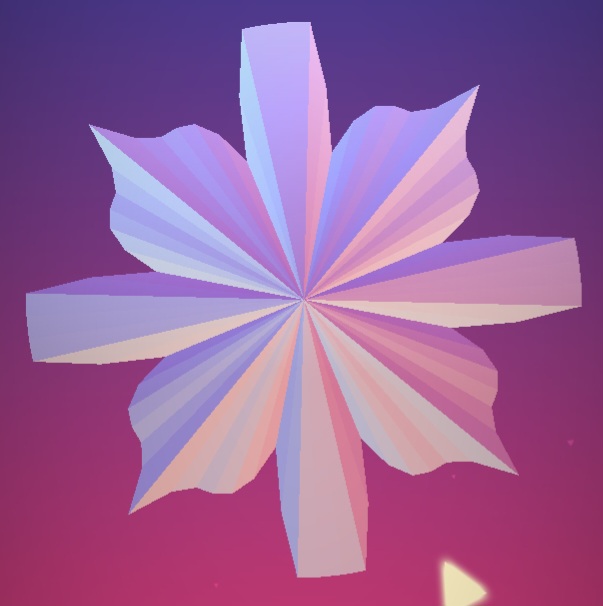 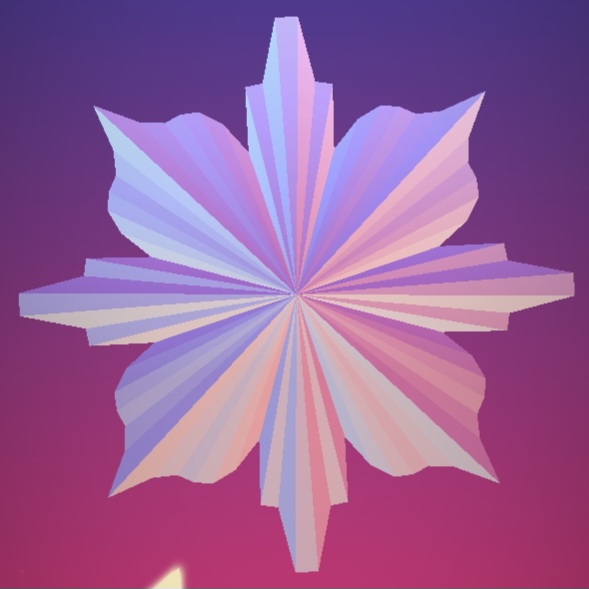
[19s] (Pictured: 4-fold)
A shape consisting of two-form tall trapezoids and 10,2-semicircles. |
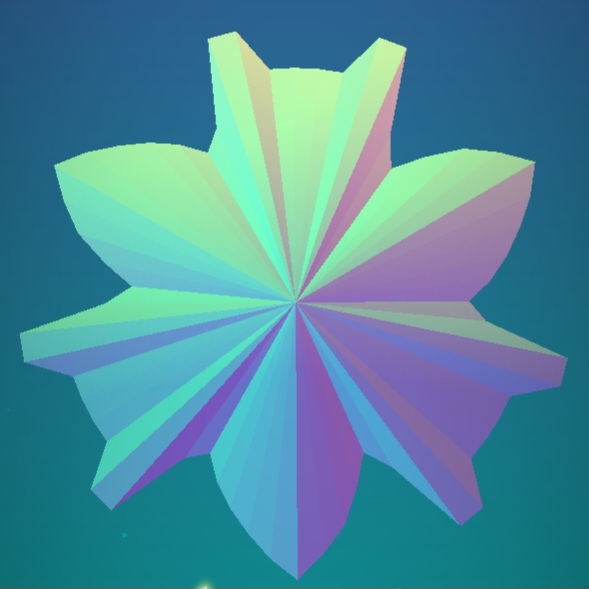
[20s] (Pictured: 3-fold)
A shape consisting of 2-3-2 valleys and 5-4 inclines. |
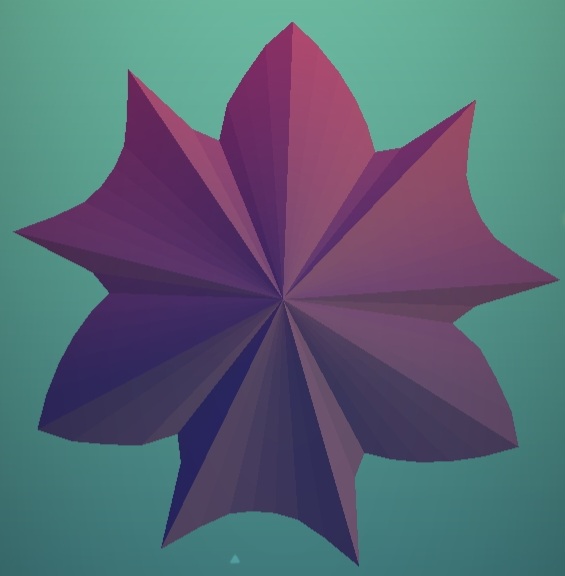
[20s] (Pictured: 3-fold)
A shape consisting of 2-7-2 bowls and 5-4 inclines. |
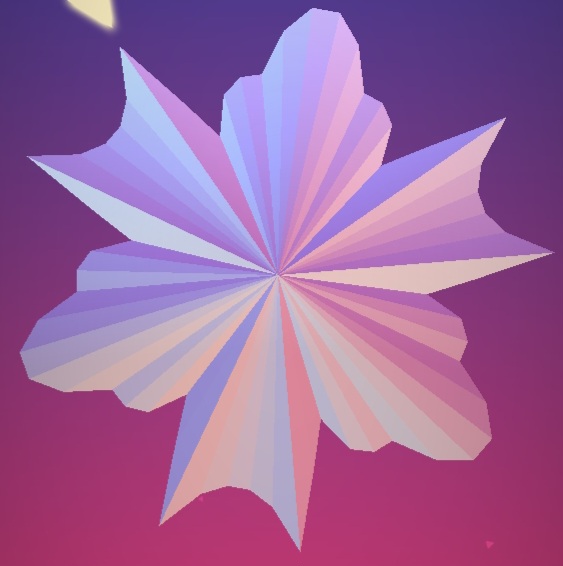
[20s] (Pictured: 3-fold)
A shape consisting of 2-edge bowls and 6,5-semicircles. |
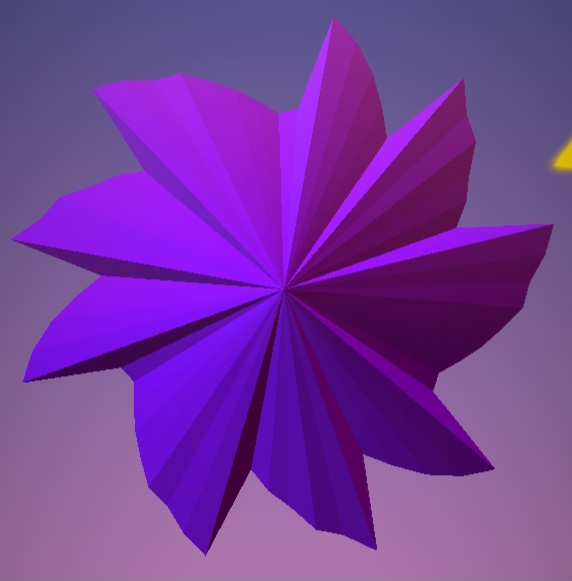 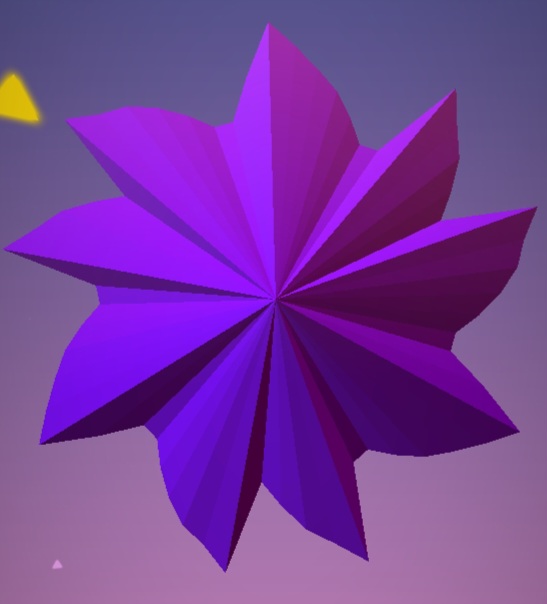 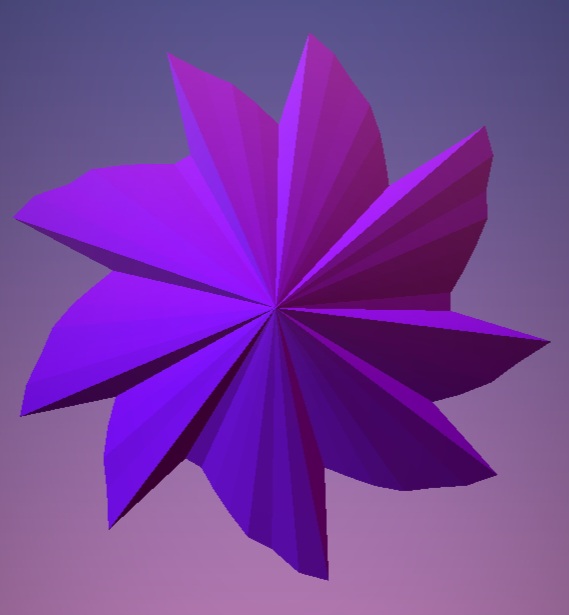
[20s] (Pictured: 3-fold)
A shape consisting of various trios of inclines that each add up to 20 sides; these levels have a lot of different variations, though in general the inclines have more sides on one end than the other. |
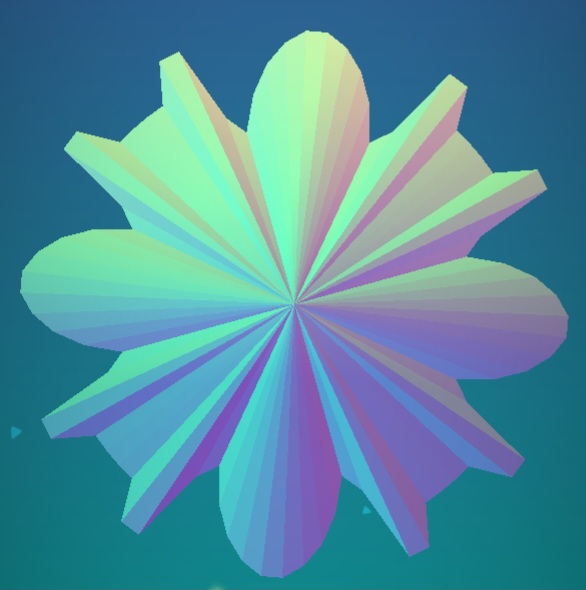
[20s] (Pictured: 4-fold)
A shape consisting of 2-3-2 valleys and 9-sided semicircles. |
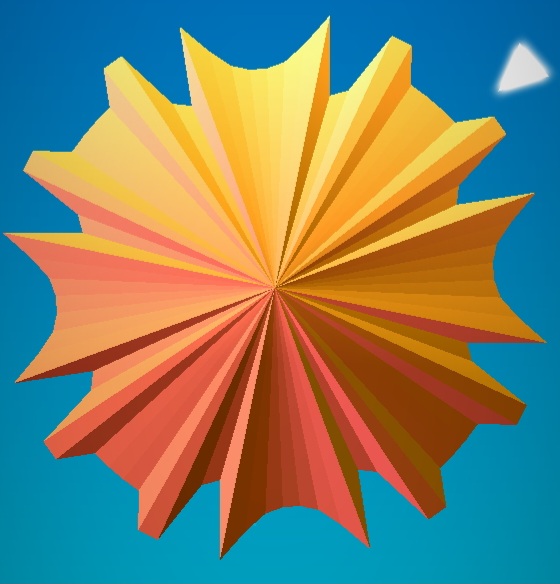
[20s] (Pictured: 4-fold)
A shape consisting of 2-3-2 valleys and 7-top bowls. |
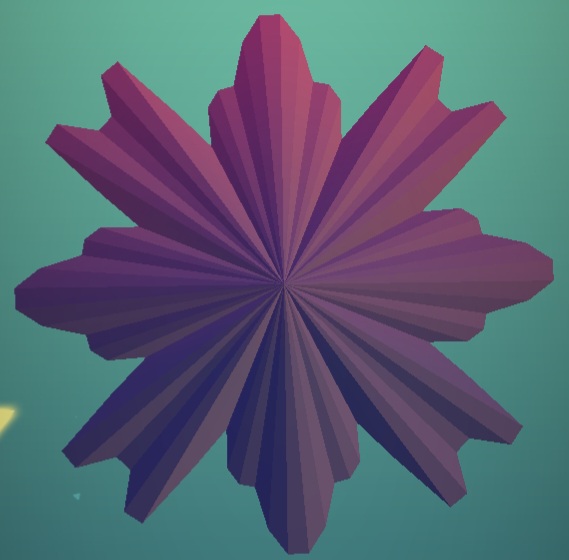
[20s] (Pictured: 4-fold)
A shape consisting of 2-edge valleys and 6,5-semicircles. |
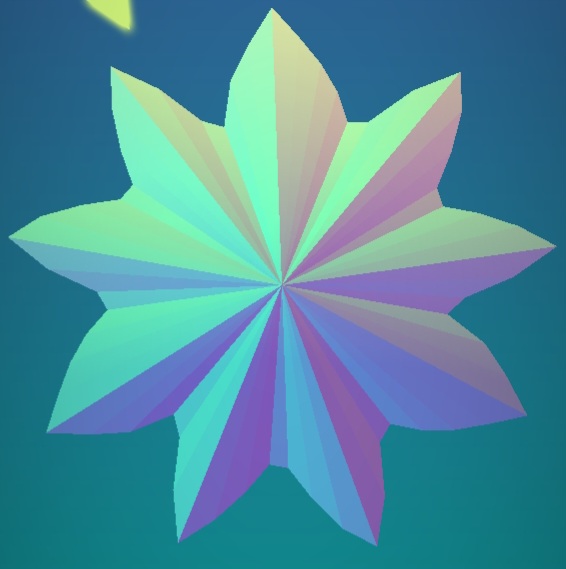 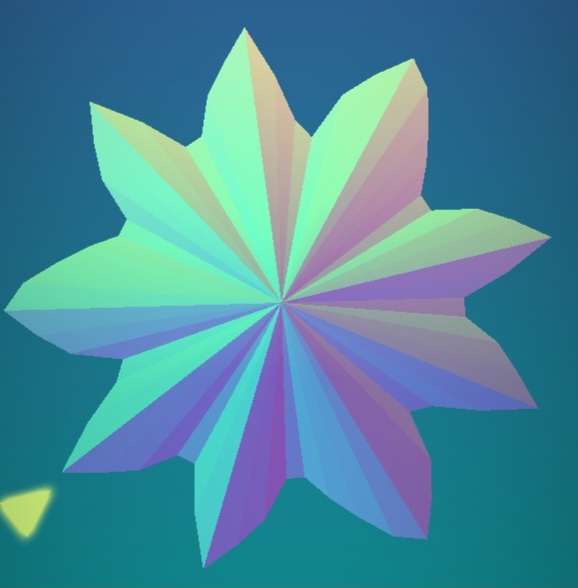 
[20s] (Pictured: 3-fold)
A shape consisting of various trios of inclines that each add up to 20 sides; these levels have a lot of different variations, though in general the inclines are somewhat rounded. |
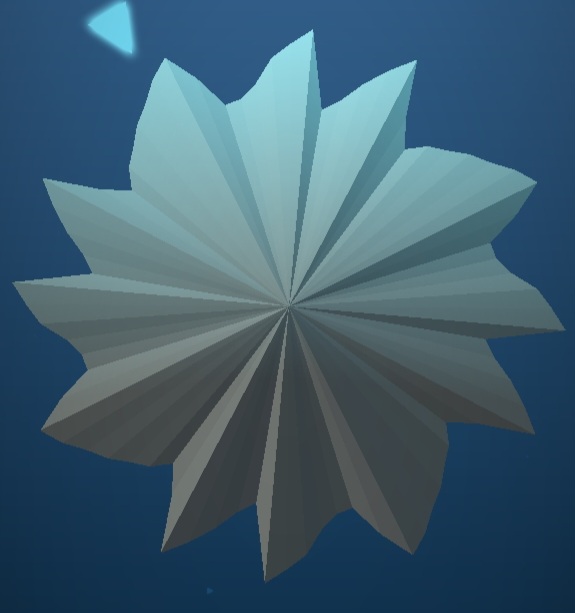 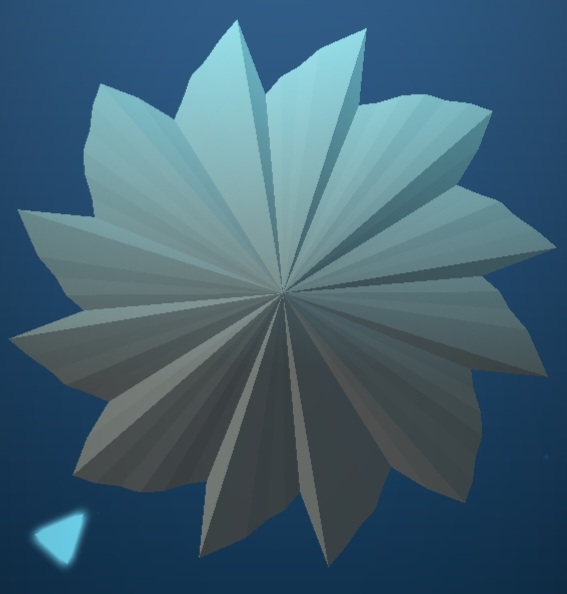 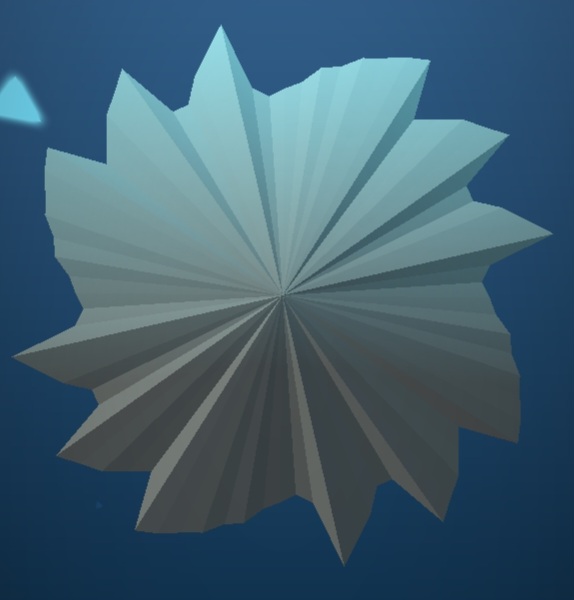
[20s] (Pictured: 4-fold)
A shape consisting of various trios of inclines that each add up to 20 sides; these levels have a lot of different variations, though in general one incline in each trio is bigger and rounder than the other two. |

[20s] (Pictured: 4-fold)
A flat-base shape where every third part is a 4-3 incline and the other parts are 3-2 inclines. |
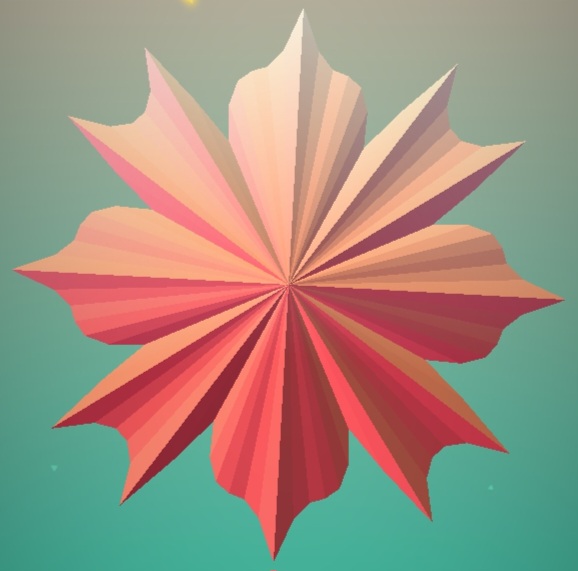
[21s] (Pictured: 4-fold)
A shape consisting of 2-edge bowls and 10,2-semicircles. |
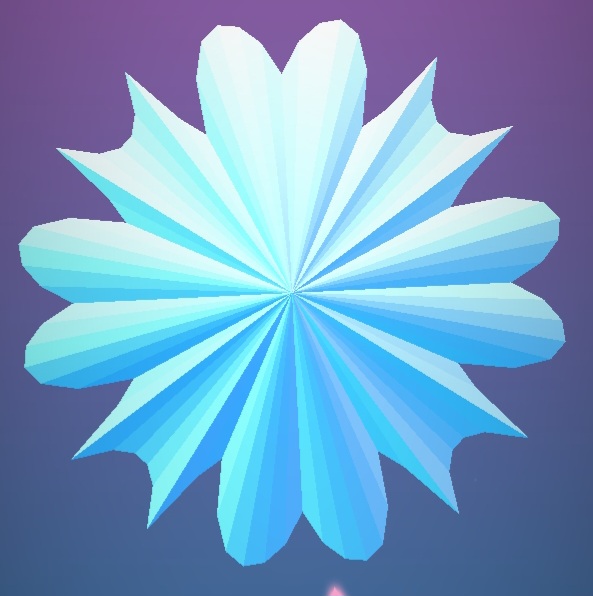
[21s] (Pictured: 4-fold)
A shape consisting of 2-edge bowls and hearts. |
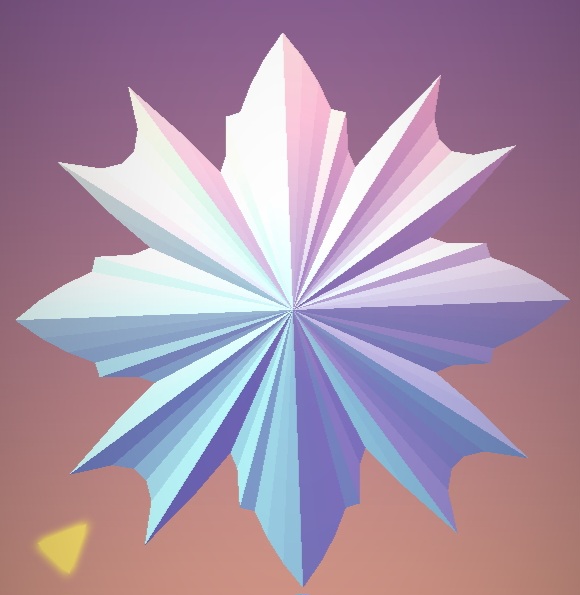
[21s] (Pictured: 4-fold)
A shape consisting of 2-edge bowls and 3-3 launchers. |

[21s] (Pictured: 4-fold)
A shape consisting of 2-edge valleys and 3-3 launchers. |
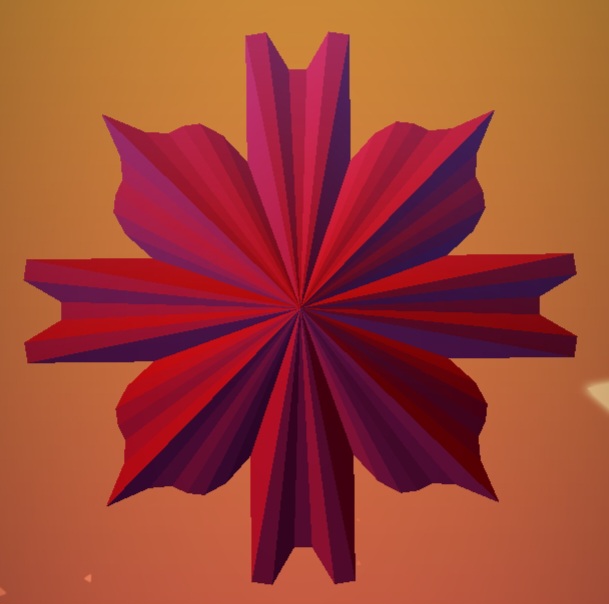
[21s] (Pictured: 4-fold)
A shape consisting of 2-edge valleys and 10,2-semicircles. |
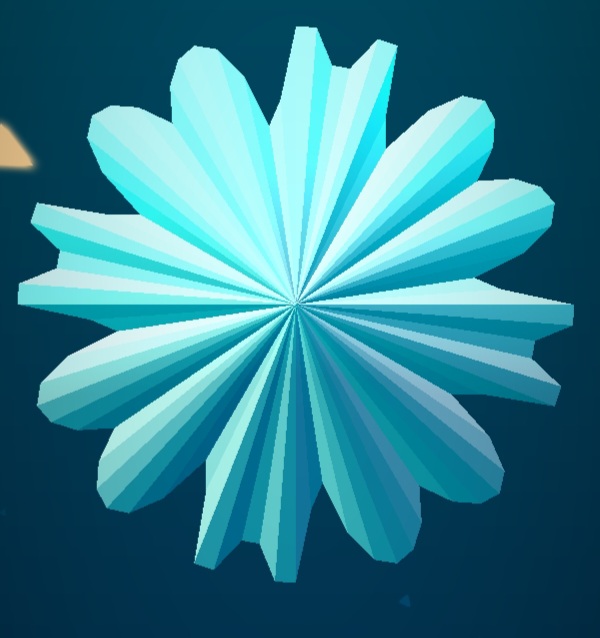
[21s] (Pictured: 4-fold)
A shape consisting of 2-edge valleys and hearts. |
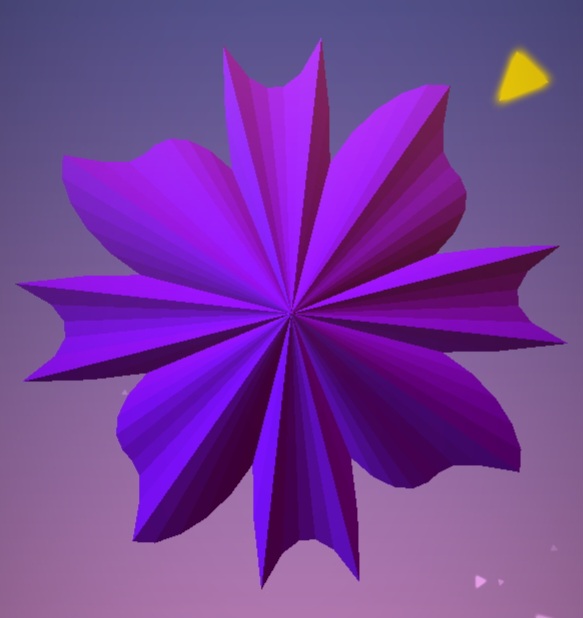
[22s] (Pictured: 4-fold)
A shape consisting of 2-edge bowls and humped 5,8 inclines. |
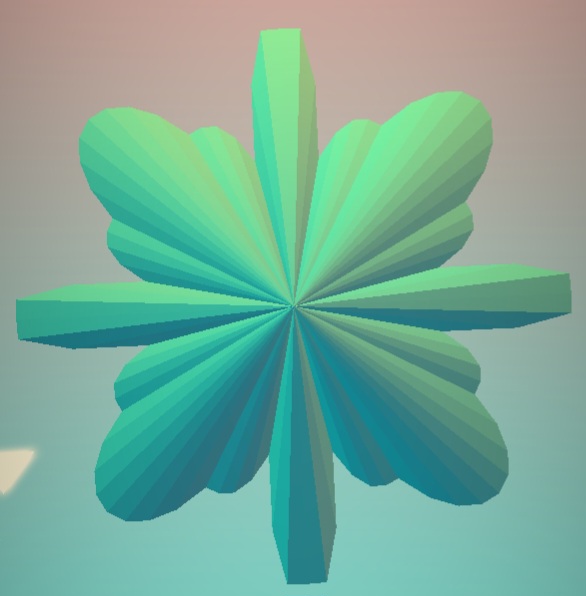
[22s] (Pictured: 4-fold)
A shape consisting of 2-2-2 trapezoids and 8,8-semicircles. |
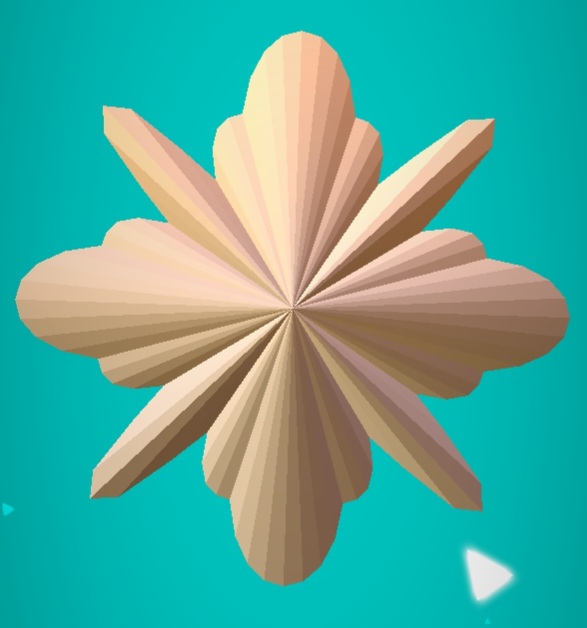
[22s] (Pictured: 4-fold)
A shape consisting of 6-sided points and 8,8-semicircles. |
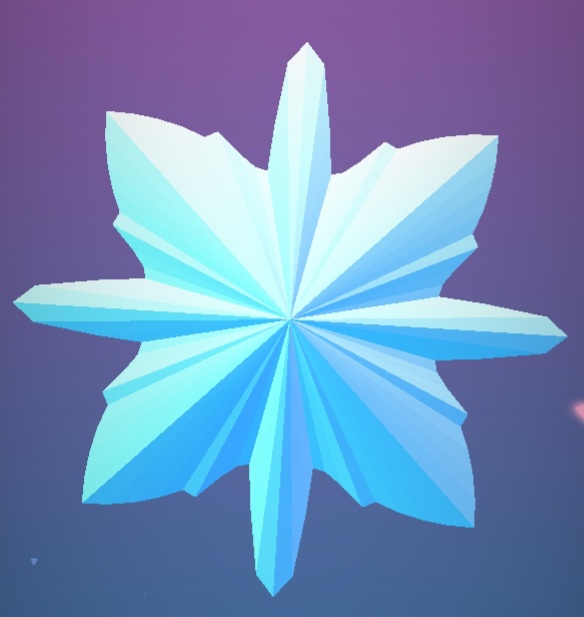
[22s] (Pictured: 4-fold)
A flat-base shape where the parts are 6-sided points and 4-4 launchers. |
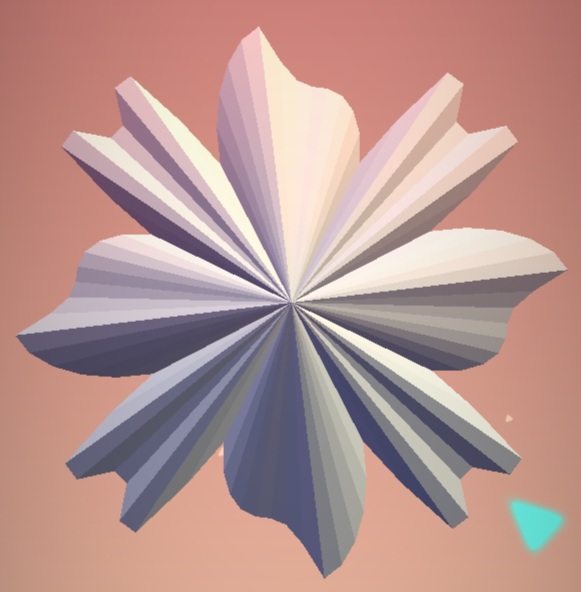
[22s] (Pictured: 4-fold)
A shape consisting of 2-edge valleys and humped 5,8 inclines. |
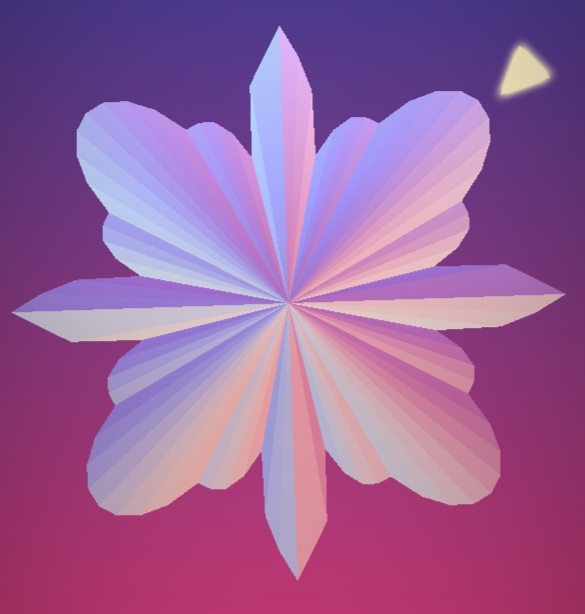
[22s] (Pictured: 4-fold)
A shape consisting of 3,3 inclines and 8,8-semicircles. |
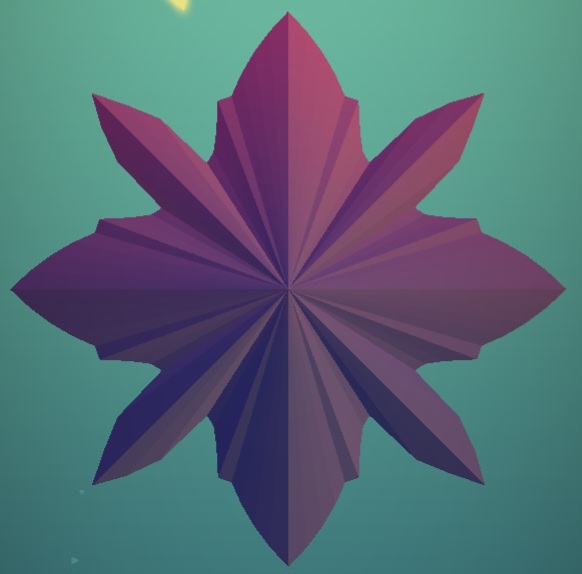
[22s] (Pictured: 4-fold)
A flat-base shape where the parts are 3,3 inclines and 4-4 launchers. |
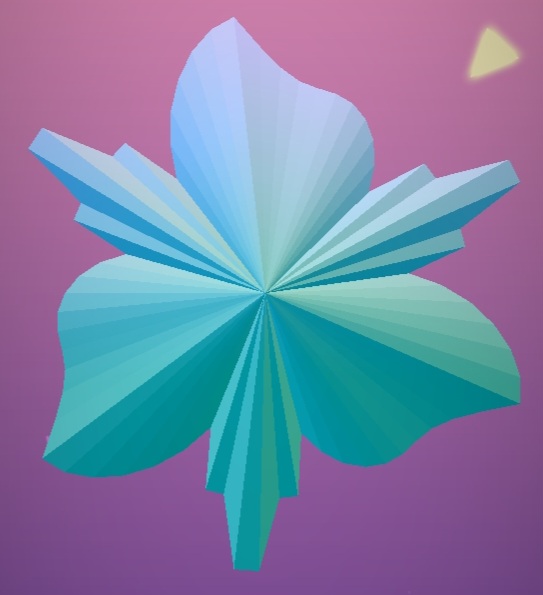 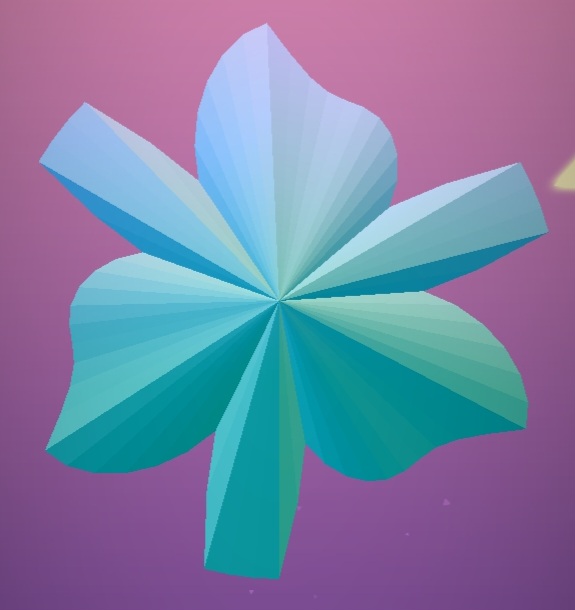
[23s] (Pictured: 3-fold)
A shape consisting of two-form tall trapezoids and humped 6,10 inclines. |
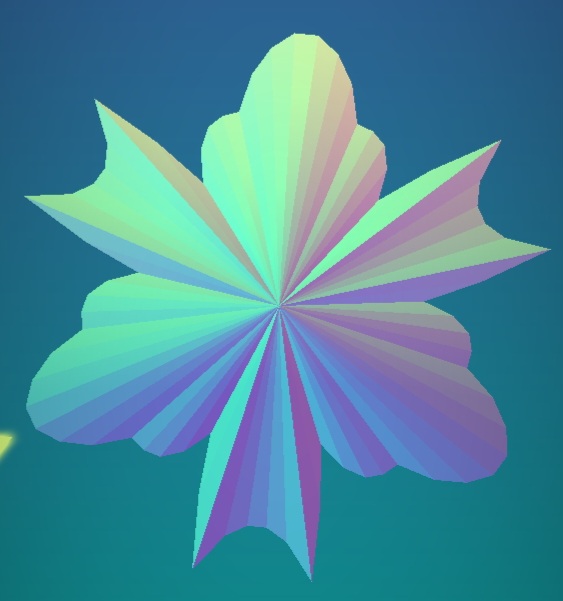
[24s] (Pictured: 3-fold)
A shape consisting of 2-edge bowls and 8,7-semicircles. |
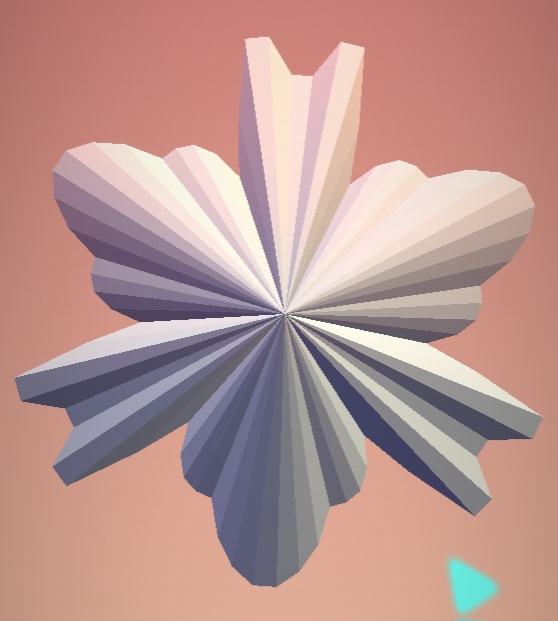
[24s] (Pictured: 3-fold)
A shape consisting of 2-edge valleys and 8,7-semicircles. |
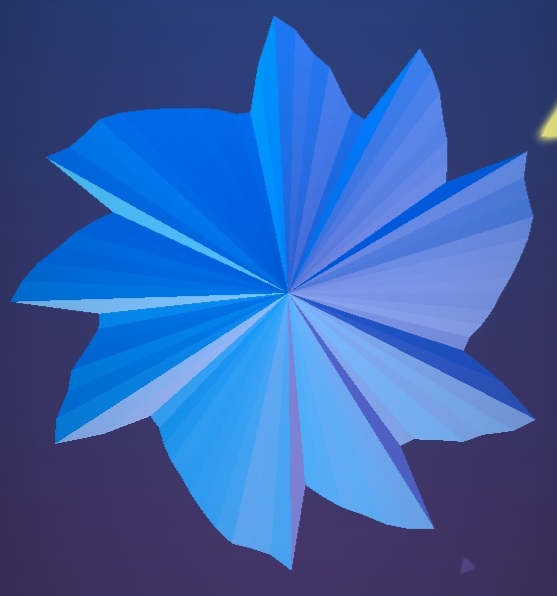 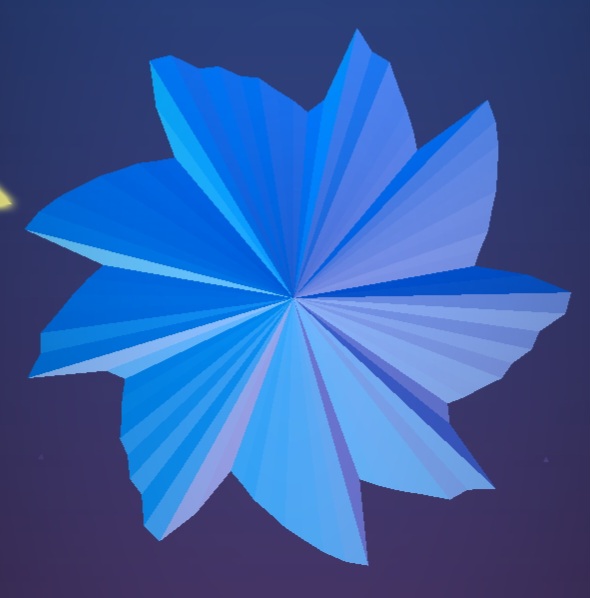 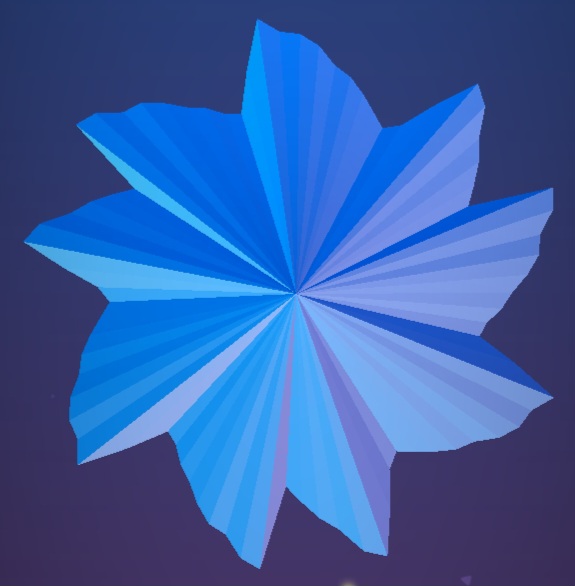
[27s] (Pictured: 3-fold)
A shape consisting of various trios of inclines that each add up to 27 sides; these levels have a lot of different variations, though in general the inclines have more sides on one end than the other. |
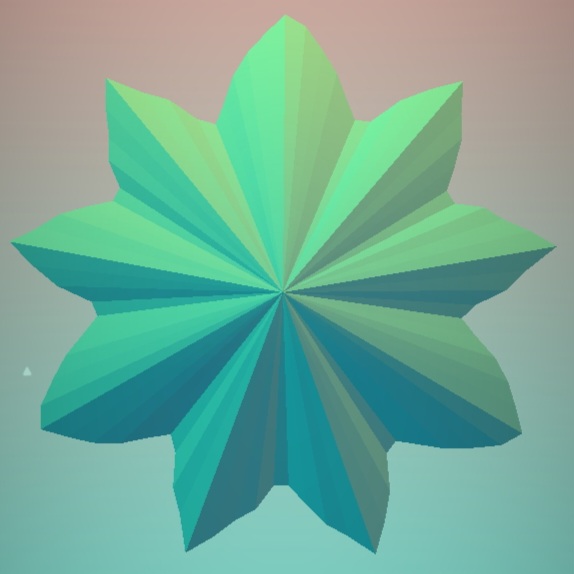
[27s] (Pictured: 3-fold)
A flat-base shape where every third part is a 5,5 incline and the other parts are 4-3 inclines. |
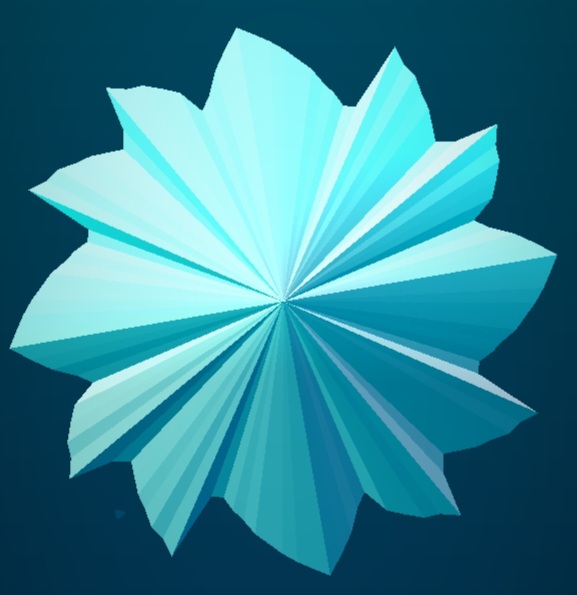 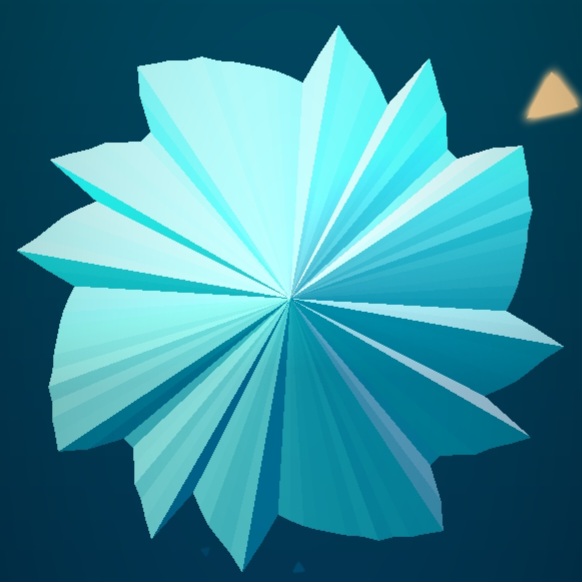 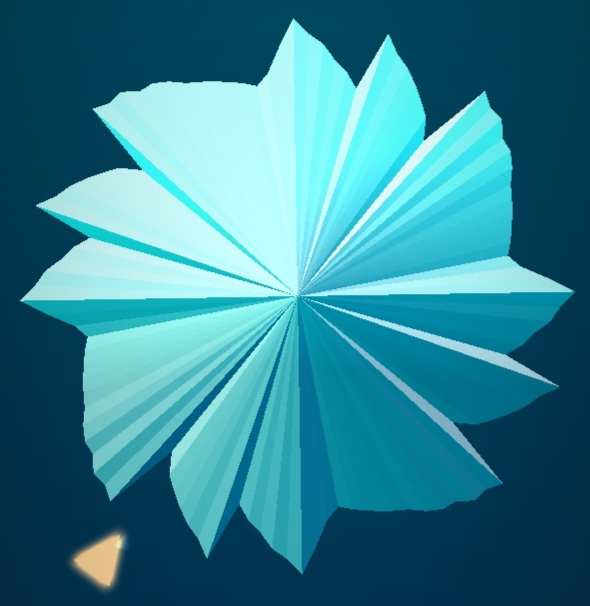
[27s] (Pictured: 4-fold)
A shape consisting of various trios of inclines that each add up to 27 sides; these levels have a lot of different variations, though in general one incline in each trio is bigger and rounder than the other two. |
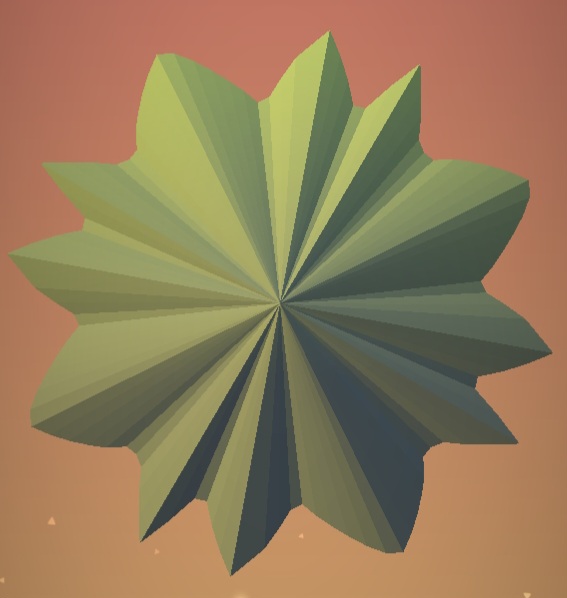 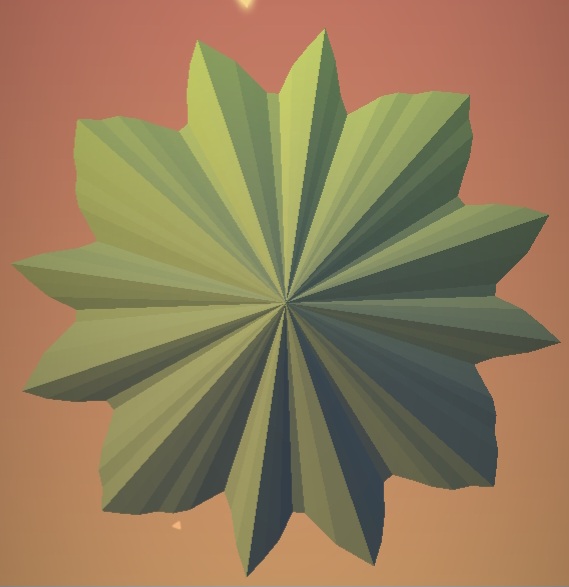 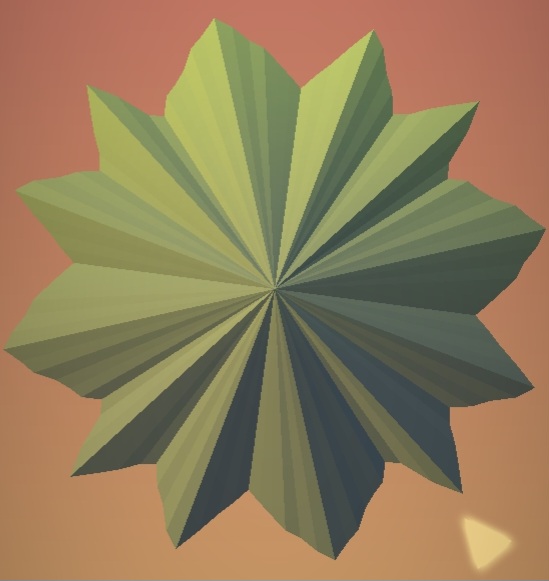
[27s] (Pictured: 4-fold)
A shape consisting of various trios of inclines that each add up to 27 sides; these levels have a lot of different variations, though in general the inclines are somewhat rounded. |

[28s] (Pictured: 3-fold)
A flat-base shape where every third part is a 5-top valley and the other parts are regular valleys. |
Here are some notable points about this table:
- Levels 506, 507, 508, 509, and 511 are repeats of Levels 501, 502, 503, 504, and 505 respectively.
These are the only repeat levels I've seen so far, and I have no idea why they repeat.
Notably, these are all the levels with 95 sides: all the 95-sided (regular) levels repeat, and none of the other levels repeat.
- The color scheme the game uses is random and changes every so often; I just chose to make my pictures of the level templates
in a different color scheme for different templates, and the same color scheme for variations of the same template, for thematics.
- The three types of "varied incline trios" levels with 20 and with 27 sides per trio are where I'm least confident that I sorted them correctly;
I'm pretty confident I got the rest of the parts right, but I may have misjudged the algorithm on those varied levels specifically.
- There are 101 different shape templates... but for all I know, there may be more templates I haven't discovered yet,
given that a template was introduced at Level 607 after the previous newest template being introduced at Level 416.
Even though I'm very far into the game, at Level 700, there's still time for another template to appear even further into the game.
- The table doesn't mention a notable property of higher Polyforge levels: Multishot. Starting at Level 101, you have the option of
shooting multiple triangles at once instead of just one, making the level easier. The amount of triangles given by Multishot depends on the
amount of sides the level has:
- If the level's amount of sides is a multiple of 4 and is at least 76, Multishot gives 4 triangles.
- Otherwise, if the level's amount of sides is a multiple of 3 and is at least 51, Multishot gives 3 triangles.
- Otherwise, if the level's amount of sides is a multiple of 2 and is at least 40, Multishot gives 2 triangles.
- Otherwise (as long as the level number is above 100; the first 100 levels do not have Multishot), treat the level as if
it has 1 (or 2, or 3, as many as it takes to get down to a number that works) less side(s) than it actually does: for example,
a level with 55 sides will have 3-triangle Multishot because 54 sides has 3-triangle Multishot.
- I transcribed the levels from written descriptions to a table in a drawing program to this table, so I may have made some errors
along the way. If you also play this game and notice any level I got wrong, please let me know at mathcookie17@gmail.com.
Also, you may have noticed that Levels 20, 30, 40, and indeed all of the multiples of 10, other than Level 10 itself, are not included on this table.
That's because those levels are special: rather than having a single shape, these levels consist of multiple shapes, and they don't obey
the normal algorithm. Their algorithm is arguably simpler: there are nine multi-shape levels (Levels 20, 30, 40, 50, 60, 70, 80, 90, and 100),
and after those nine, the same nine repeat over and over, but each multi-shape level gains additional sides on each of its shapes on each repeat,
with each multi-shape level changing at its own constant rate between each repeat.
Notably, the only shapes used in multi-shape levels are regular polygons and stars.
Also, Multishot is not available in multi-shape levels.
Since these multi-shape levels don't fit into the symmetry template algorithm, I've given them their own table below.
Note that whereas the s in [15s] refers to the symmetry number, the r in [8 + 8r] refers to the number of repeats.
All the pictures in the following table are of the original levels, where r = 0.
Terminology
The meanings of the words I used to describe the parts of the shapes
The pictures in the tables should be sufficient to show what each template looks like, but if you want to understand the red descriptions below the pictures, you may want to read the information here.

A "flat-base shape" is a shape that has several parts, with a flat side between each part.
The flat sides are generally below the sides of the parts, creating a sort of underlying circle beneath the parts.
For example, the left shape here is a flat-base shape, while the right shape is not.

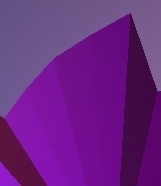
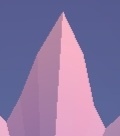
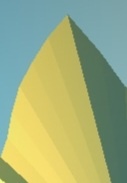
These three parts are incline pairs, the most basic possible part in Polyforge, which I often refer to as just "inclines".
and they're really just an upwards incline of a certain amount of sides followed by a downwards incline of a certain amount of sides.
I call these "u,d" incline pairs, where u is the amount of upwards sides and d is the amount of downwards sides.
The left picture of these three is a 4,1 incline pair, the middle picture is a 3,3 incline pair, and the right picture is a 6,2 incline pair.
If I use a dash instead of a comma, that means it can be either direction in different variations of that level:
for example, a 4-2 incline pair will be 4,2 sometimes and 2,4 other times in the same level.
Incline pairs come in many different varieties, from amounts of slides to slopes to ruggedness and more.

I call these three-sided parts "trapezoid tops", or just "trapezoids", and they're probably the game's second most basic part.
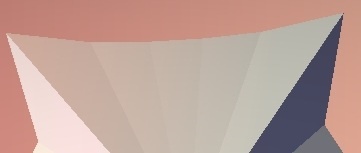
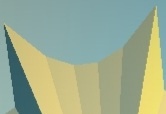
These are "bowl" parts: one side on each edge, five curved sides inside the bowl.
The left picture is what they look like in early levels,
while the right picture is what they look like in levels after their first few appearances;
bowl parts get more curved as the total amount of sides of the shape increases
(and thus the sides get smaller, so there's more room in the shape to curve).
I'm very confident that these two pictures are of the same part in the level generation algorithm,
so I'm calling them both bowls even though the top one doesn't look curved enough to be a bowl.
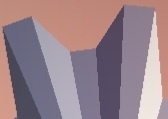
This is a "valley" part, another commonly-seen part with seven sides.
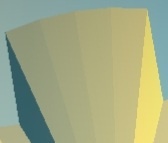
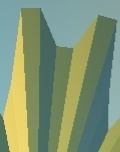
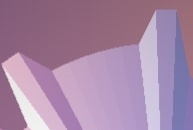
Some parts, including trapezoids, valleys, and bowls, can have extra sides added to them.
The left picture of these three is a "4-top trapezoid" (because it has four sides on its top instead of one),
the middle picture is a "2-edge valley" (because it has two sides on each of its edges instead of one),
and the right picture is a "5-center valley" (I use "center" instead of "top" for valley parts because "top" implies the two highest sides,
but I use "top" for trapezoid tops and bowl parts because "top" and "center" mean the same thing for those two.
I have not yet seen a valley part with more than one top side on each end).
I'll also use terms like "2-2-2 trapezoid" and "2-7-2 bowl":
when both the center and edge have extra sides, I use "edge-center-edge", so a 2-7-2 bowl has two sides on each edge and seven sides in its center.
A standard trapezoid or valley is technically 1-1-1, while a standard bowl is technically 1-5-1.
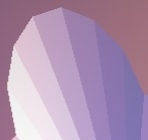
I call these parts "semicircles" even though they're often more like half-ovals than half-circles.
This is a 7-sided semicircle, but I've seen semicircles with anywhere from five to ten sides.
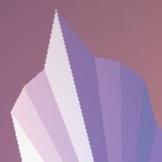
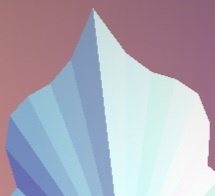
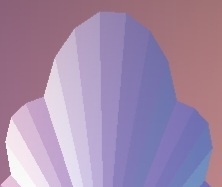
Some parts (mostly semicircle tops, but trapezoid tops can do this too) can have another part sticking out of them.
The left picture of these three is a 6-sided semicircle top with a 2-sided point sticking through it,
which I call a “6,2-semicircle”, and similarly, the middle picture is a “10,2-semicircle”.
The right picture is an 8-sided semicircle top with a 7-sided semicircle top sticking through it, which I call an “8,7-semicircle”.
In general, an x-y semicircle is an x-sided semicircle with a y-sided semicircle sticking through it,
where a 2-sided point is considered to be a 2-sided semicircle.

This is a "humped 3,6 incline", a 3,6 incline with a hump on its downwards incline.
These humped variants exist for a few different inclines: 3,6 inclines, 5,8 inclines, 5,7 inclines, and 6,10 inclines.

This is a "12-sided heart top", which is like two 6-sided semicircles put together to make a heart-like shape.
Unlike semicircles, heart tops don't seem to come in other amounts of sides, so I tend to just call these "hearts"
rather than specifying that they have twelve sides.
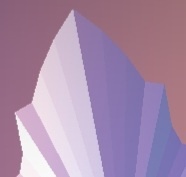
This is a "3-3 launcher", which is a 3,3 incline, sticking out of a two-top trapezoid top's center, with a single slanted side on both ends.
This is a single part that shows up a few times, with 12 sides in total. Though the incline pair in the center is almost always 3,3,
it is possible for it to be 4,4 or 5,5 instead.
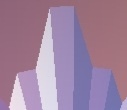
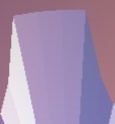
These are the two forms of a "two-form tall trapezoid", a part that's sometimes a 2-3-2 trapezoid top
and sometimes a two-top trapezoid top with a three-top trapezoid top sticking through its center.
If you see one of these parts, often times it's actually a two-form tall trapezoid top,
and if you restart the level a few times you'll see both forms in different variations of the level.

I don't just use "six-sided point" to refer to any 3,3 incline: in order to count as a six-sided point,
the two sides on the edges must be nearly vertical.
I'm very confident that these are a different part in the level generation than a standard 3,3 incline.
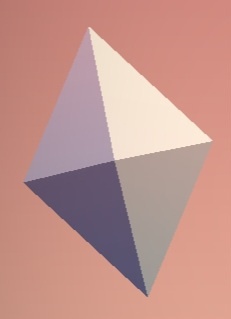
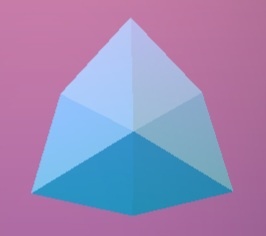
The boss levels contain only regular polygons and stars, but the early ones also contain these shapes: a diamond/rhombus and a "smoothed hexagon".
However, as far as Polyforge is concerned, that diamond/rhombus is actually a 2-pointed star,
and that smoothed hexagon is actually a 3-pointed star.






























































































































